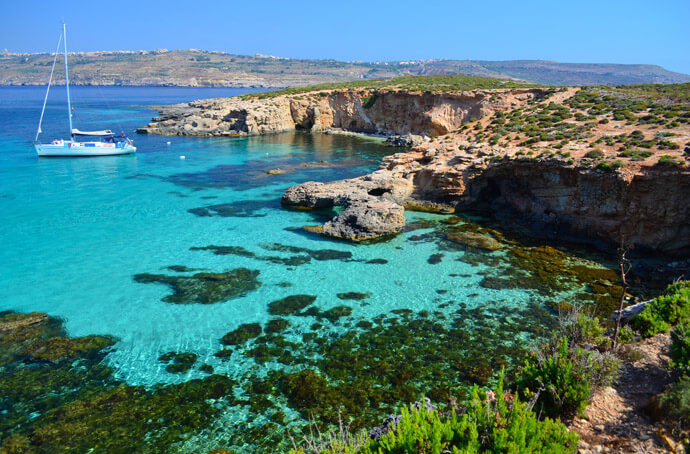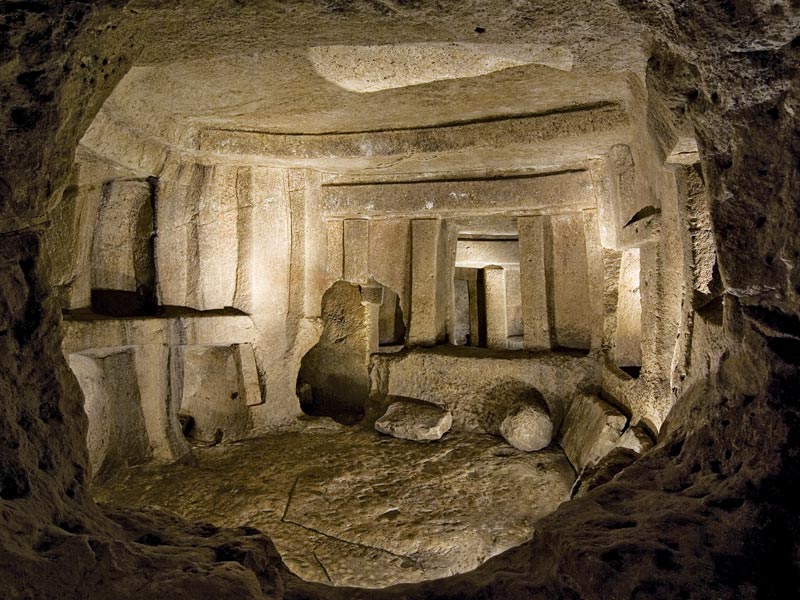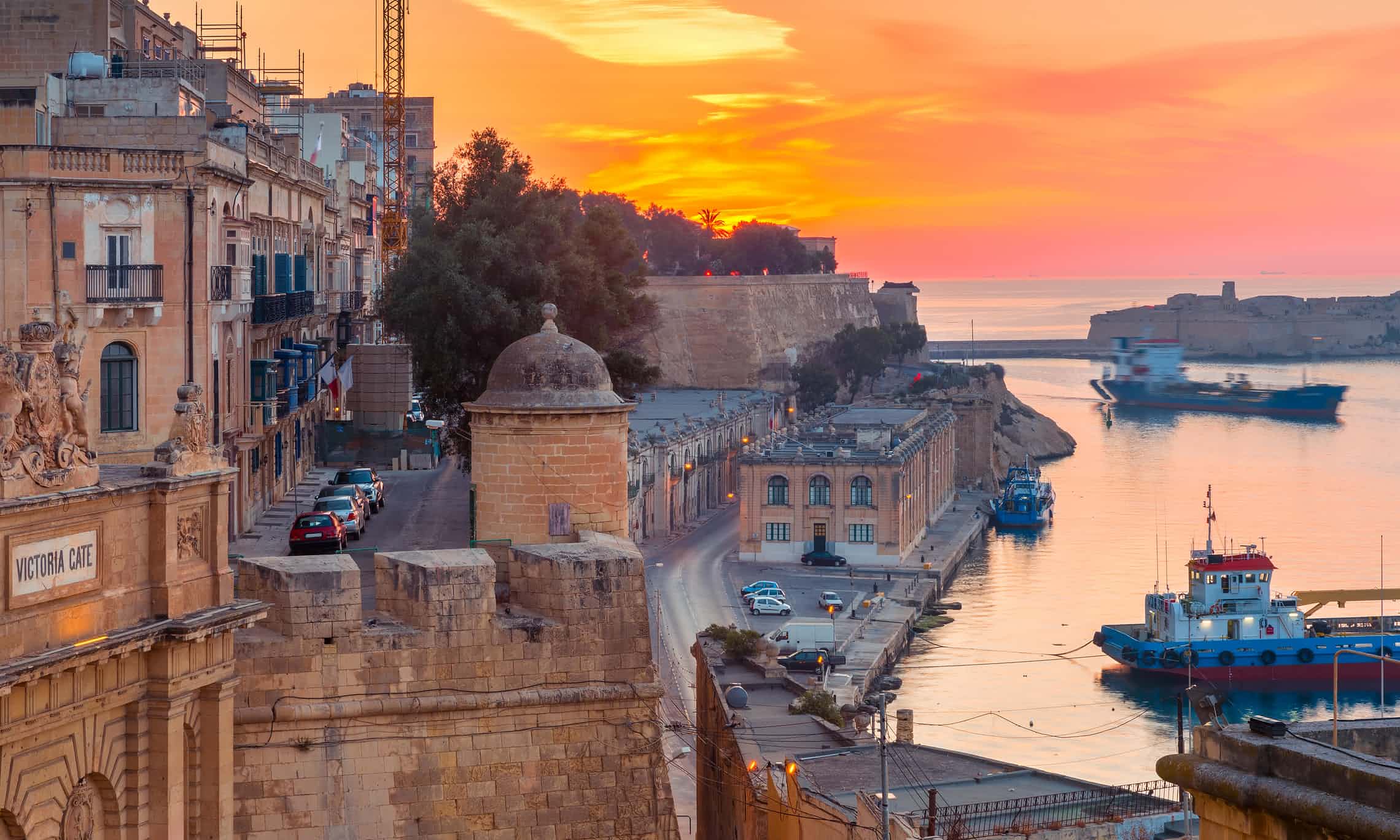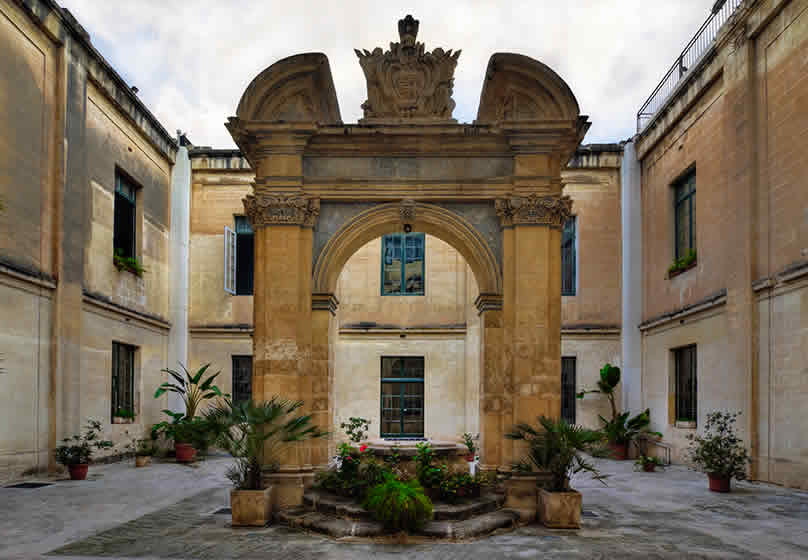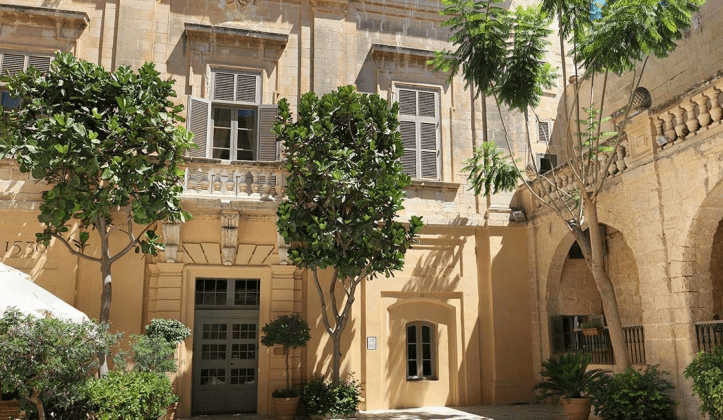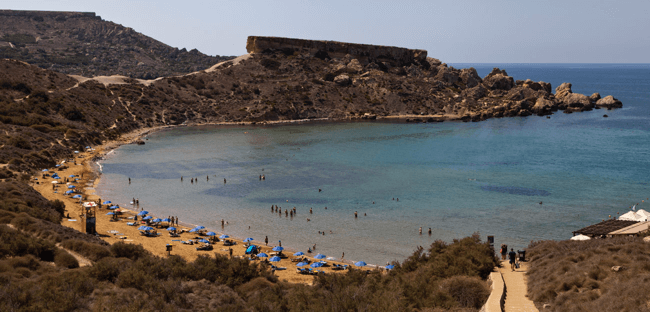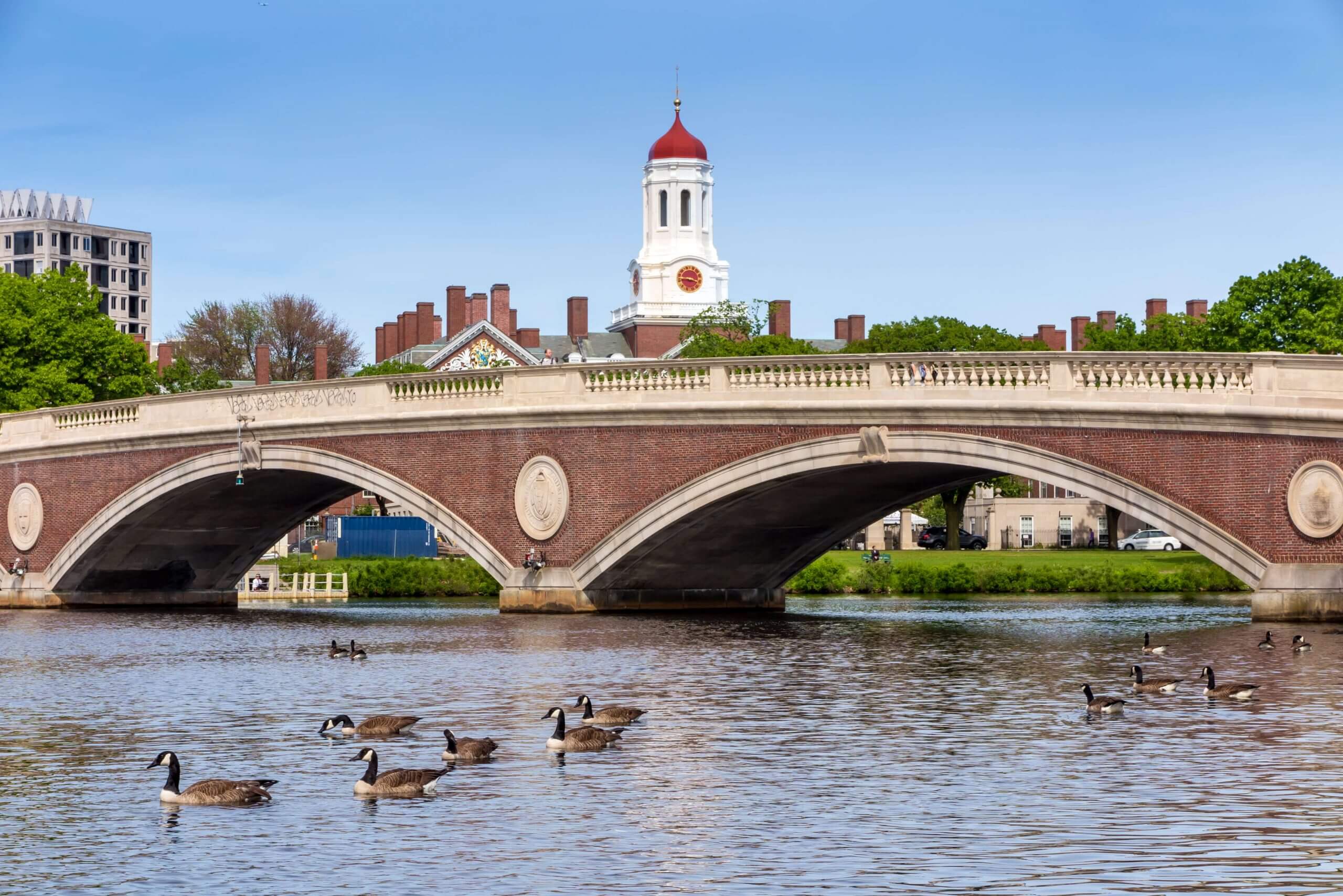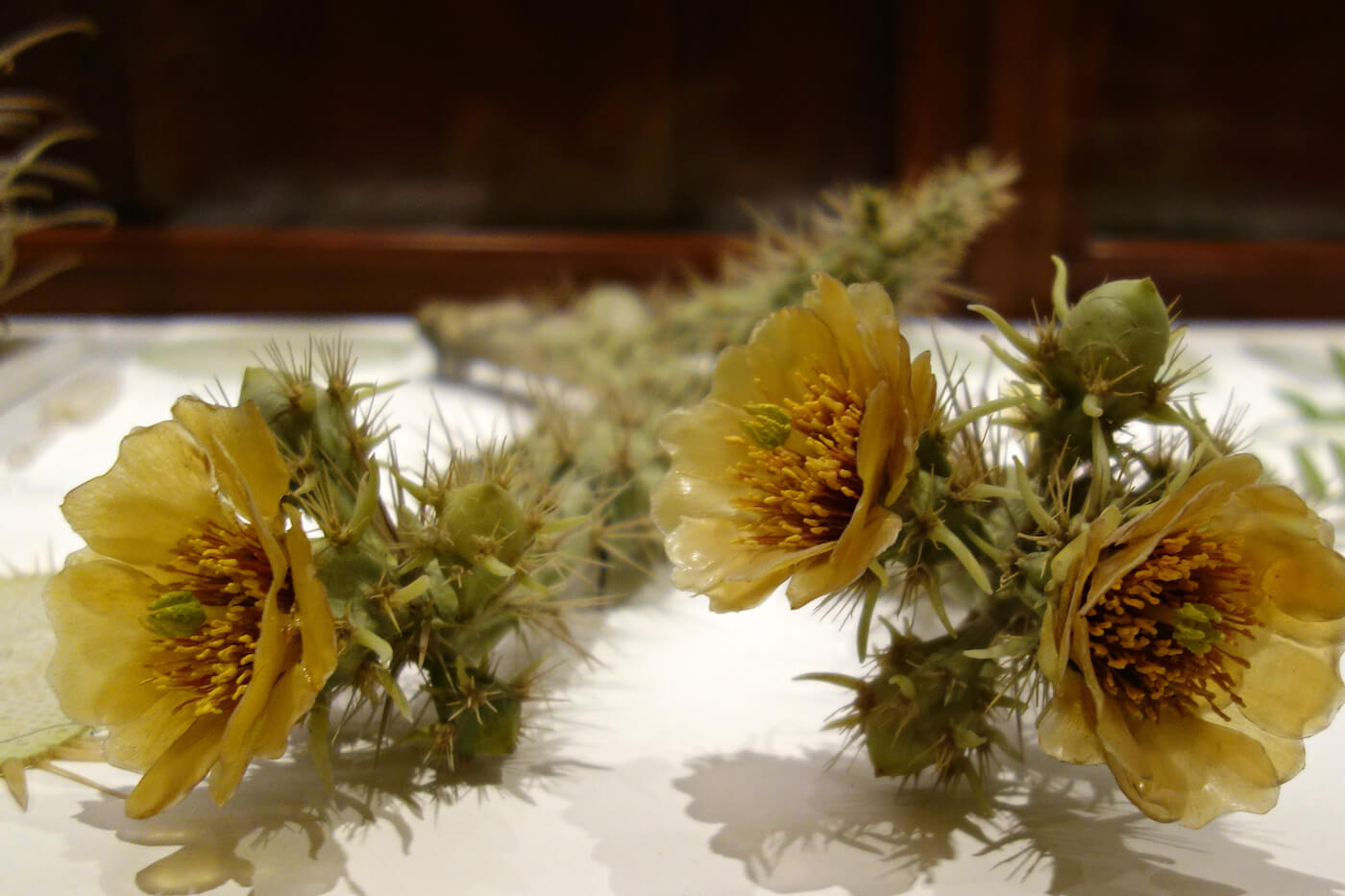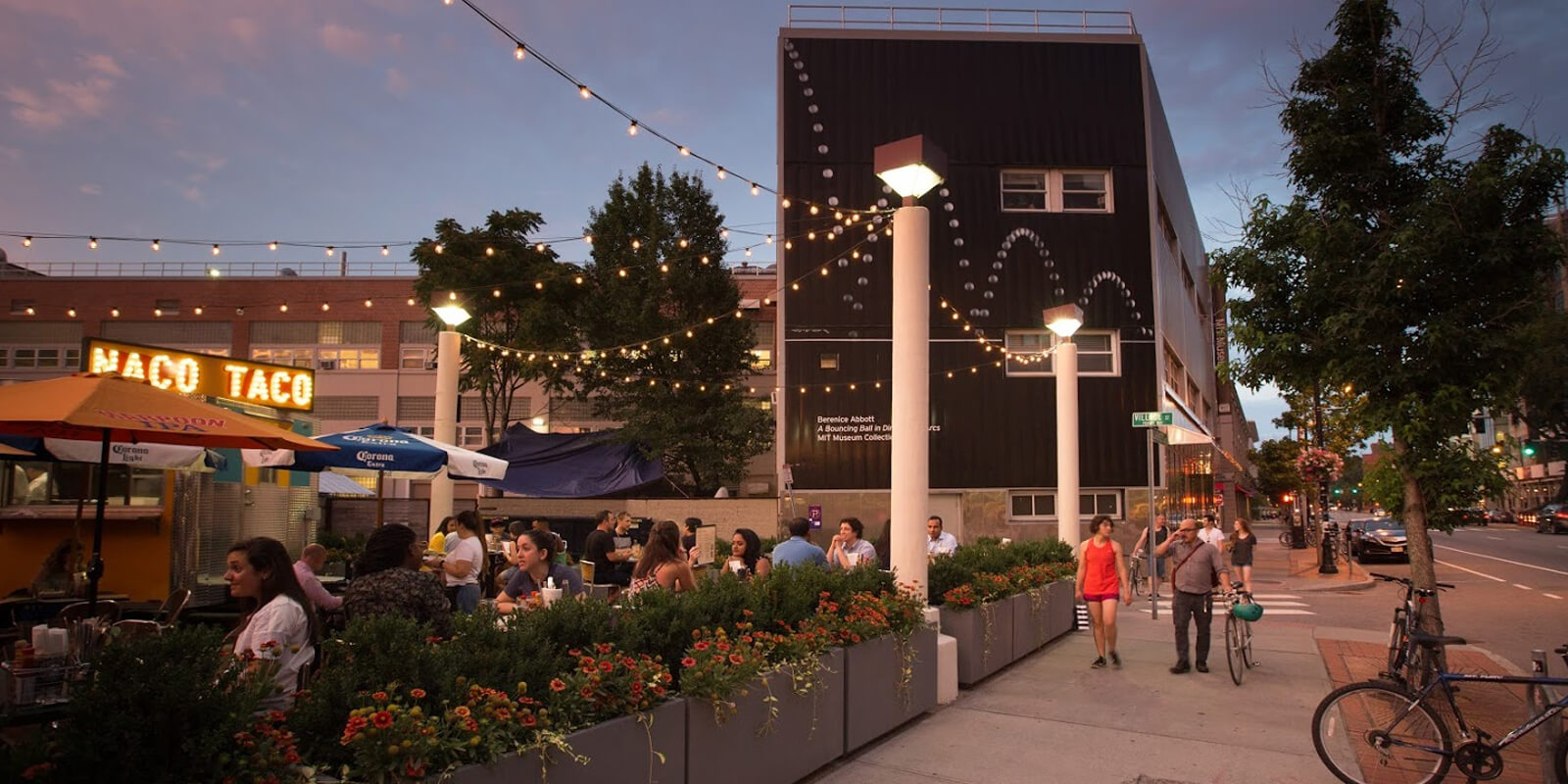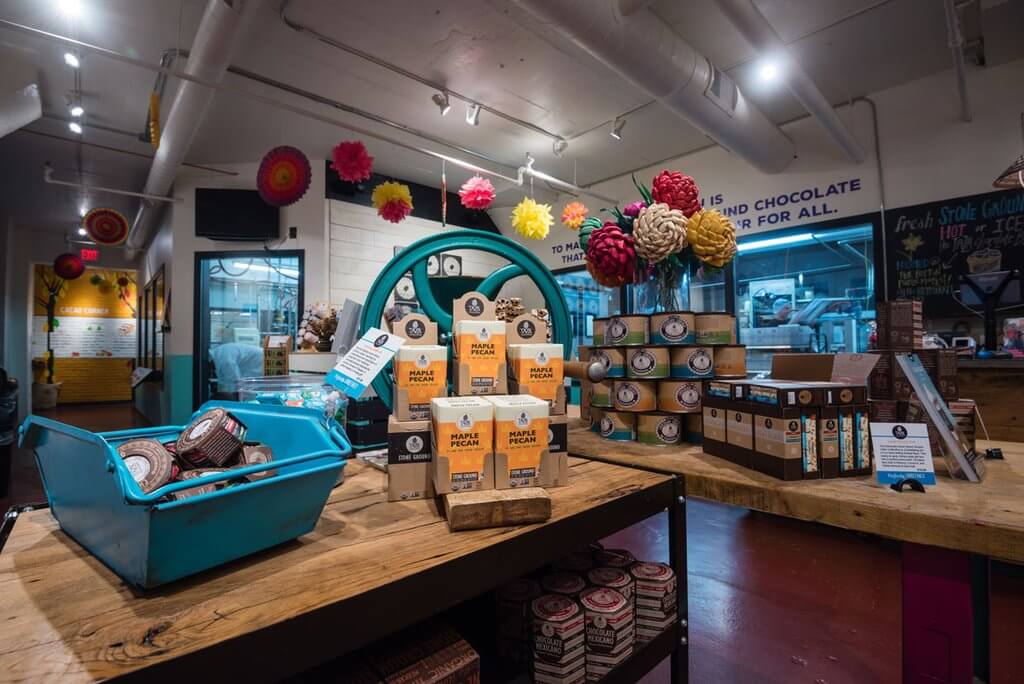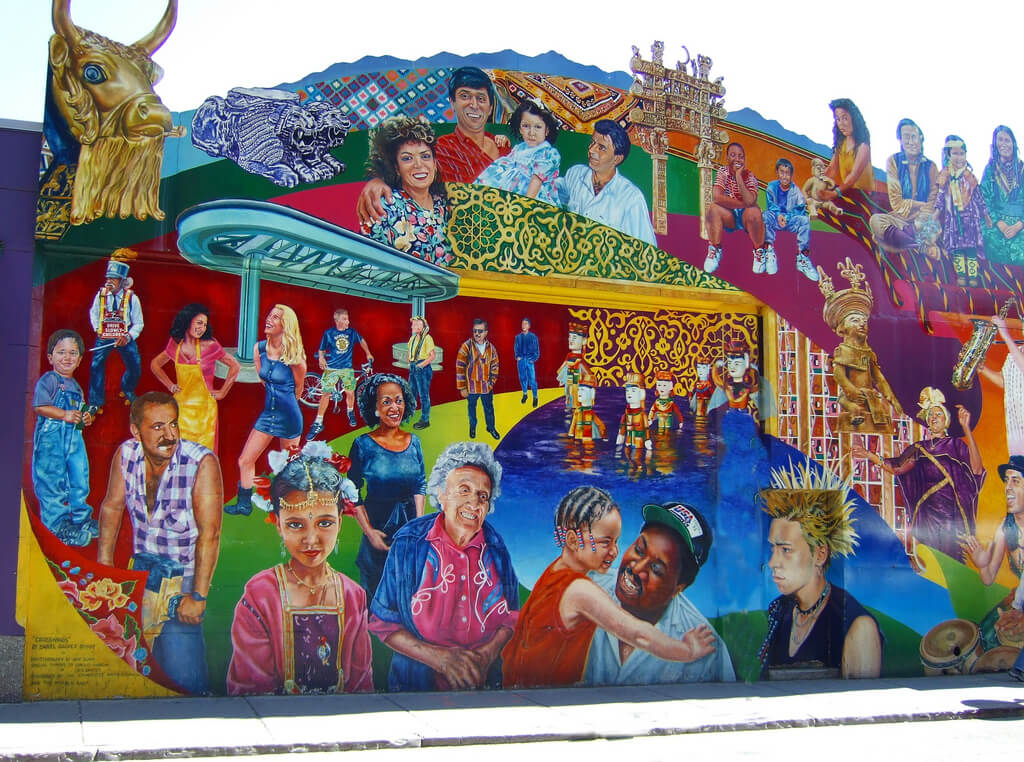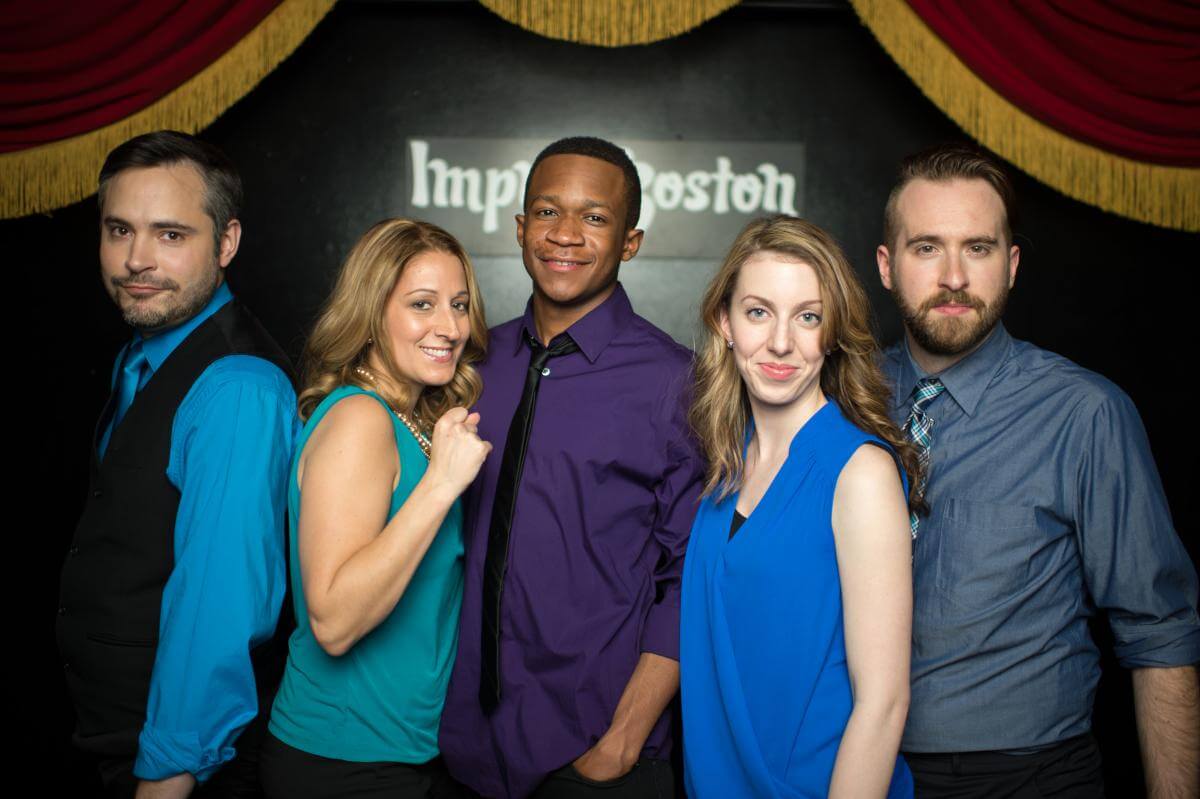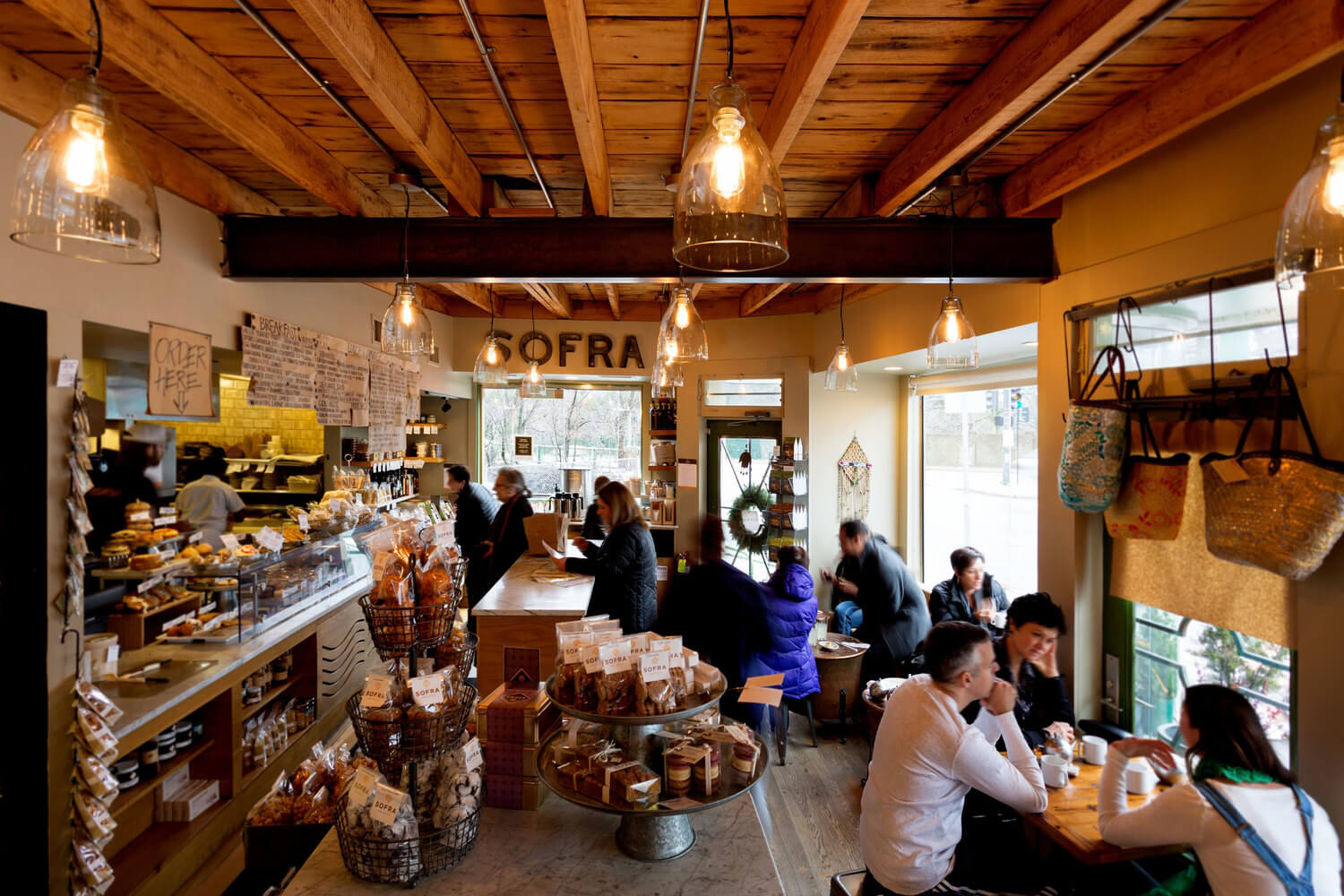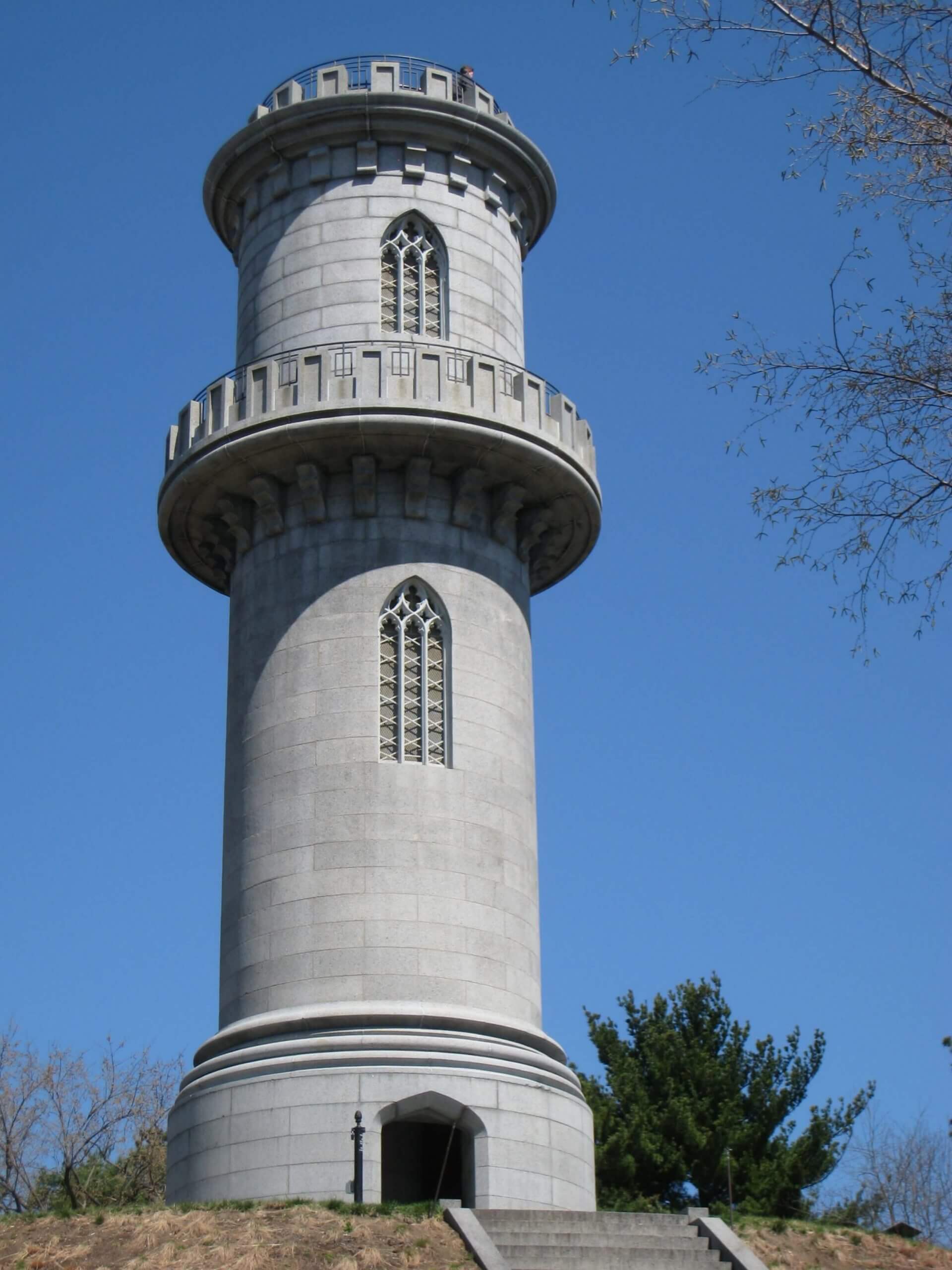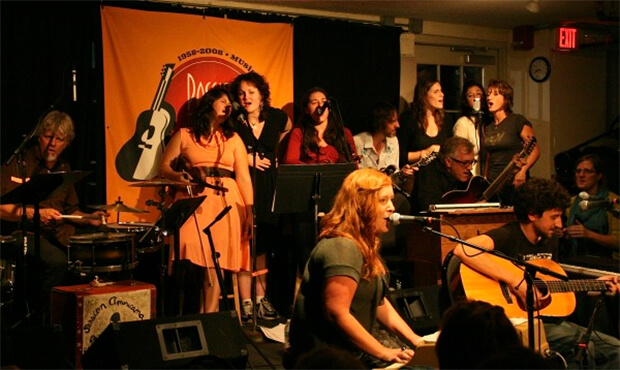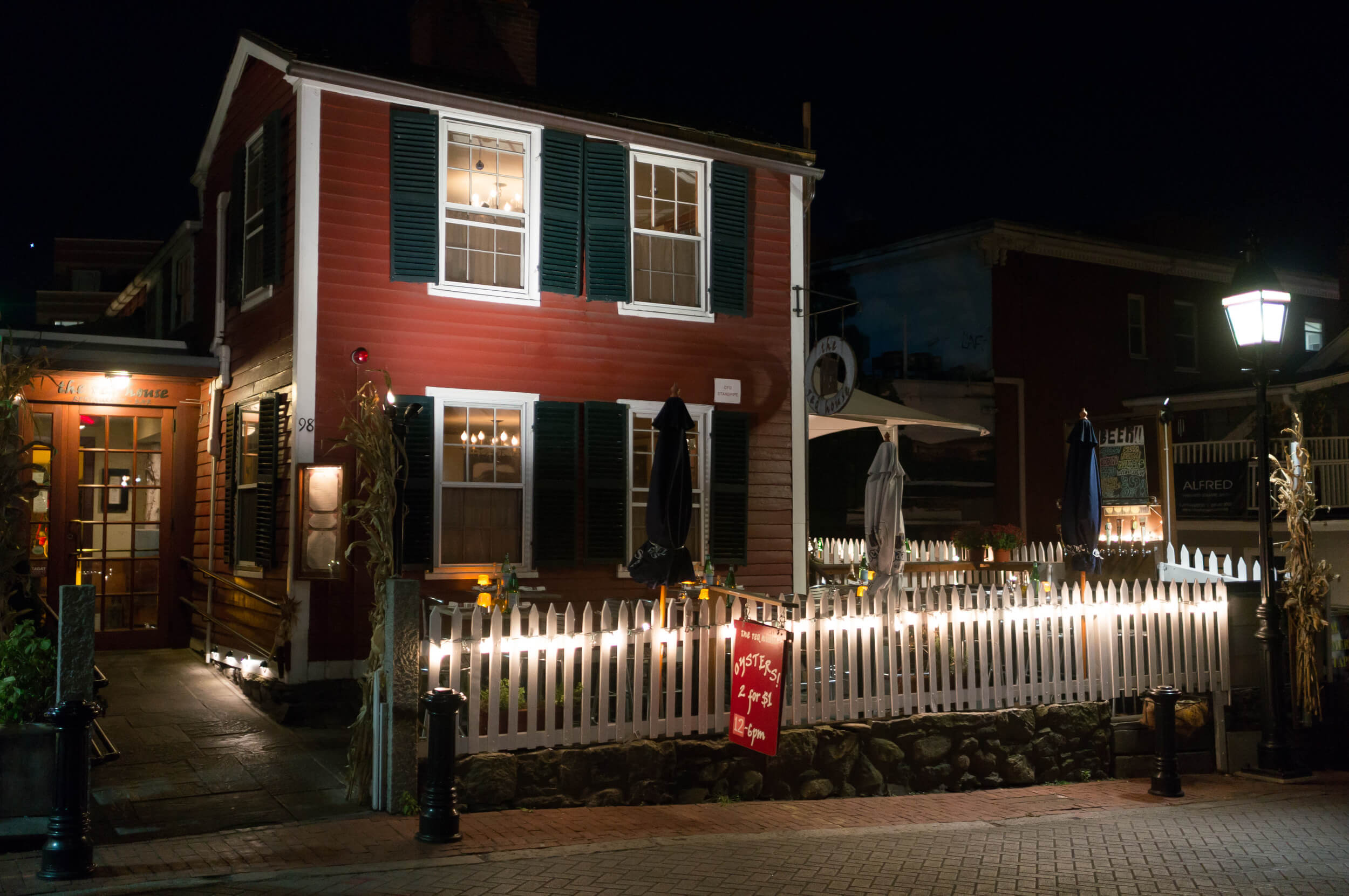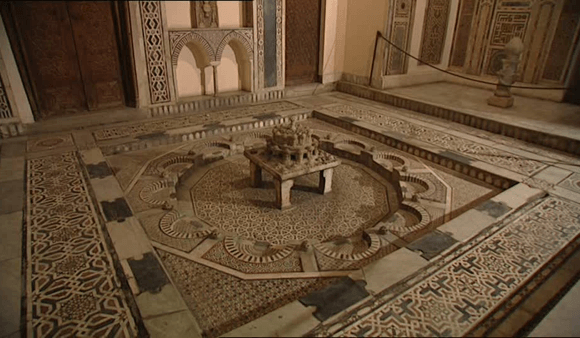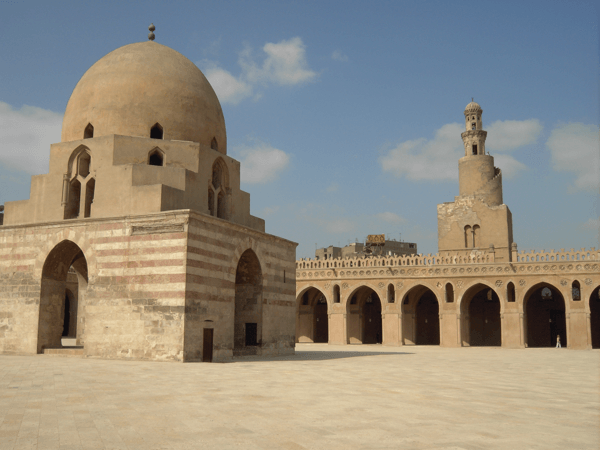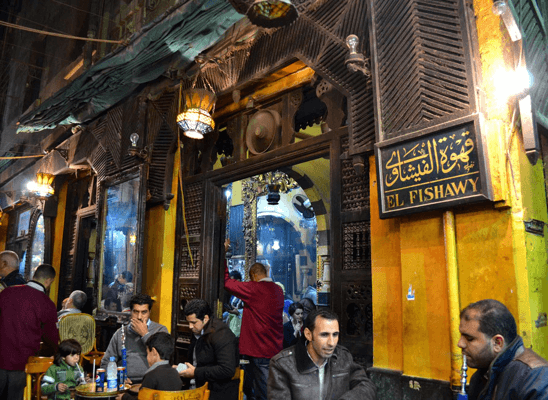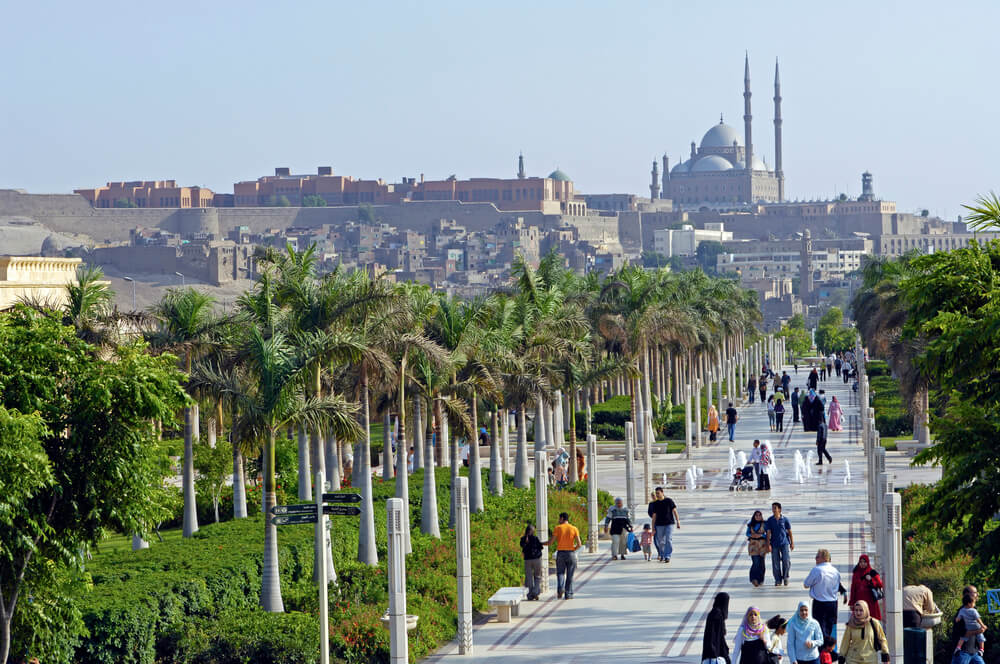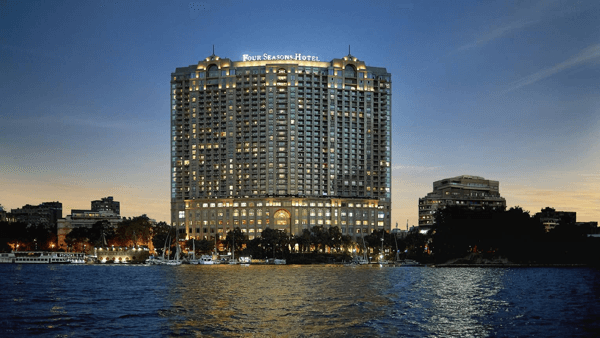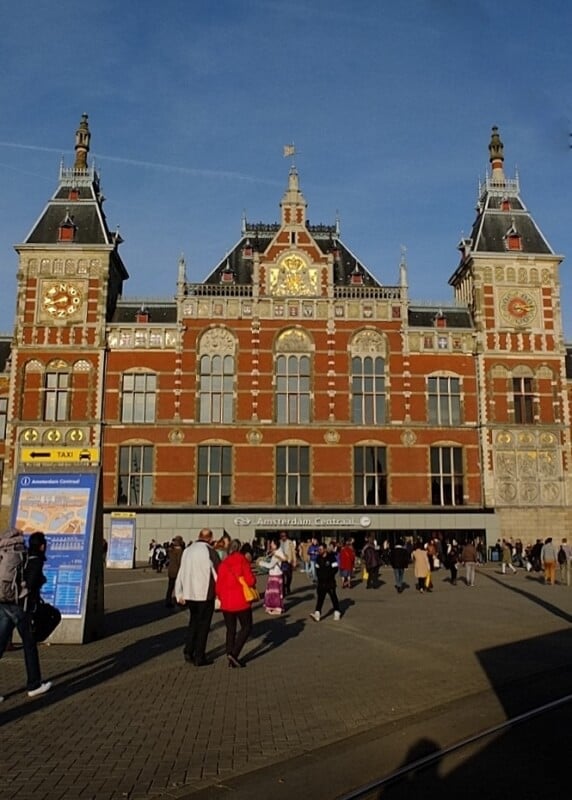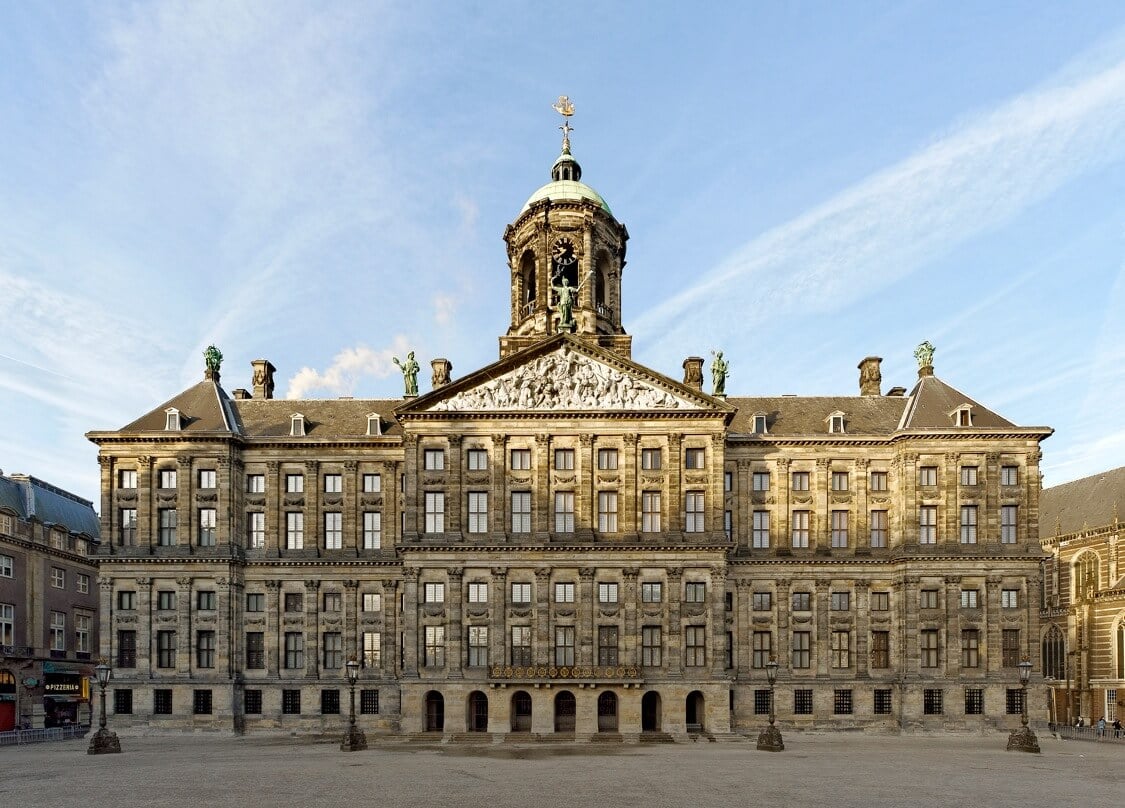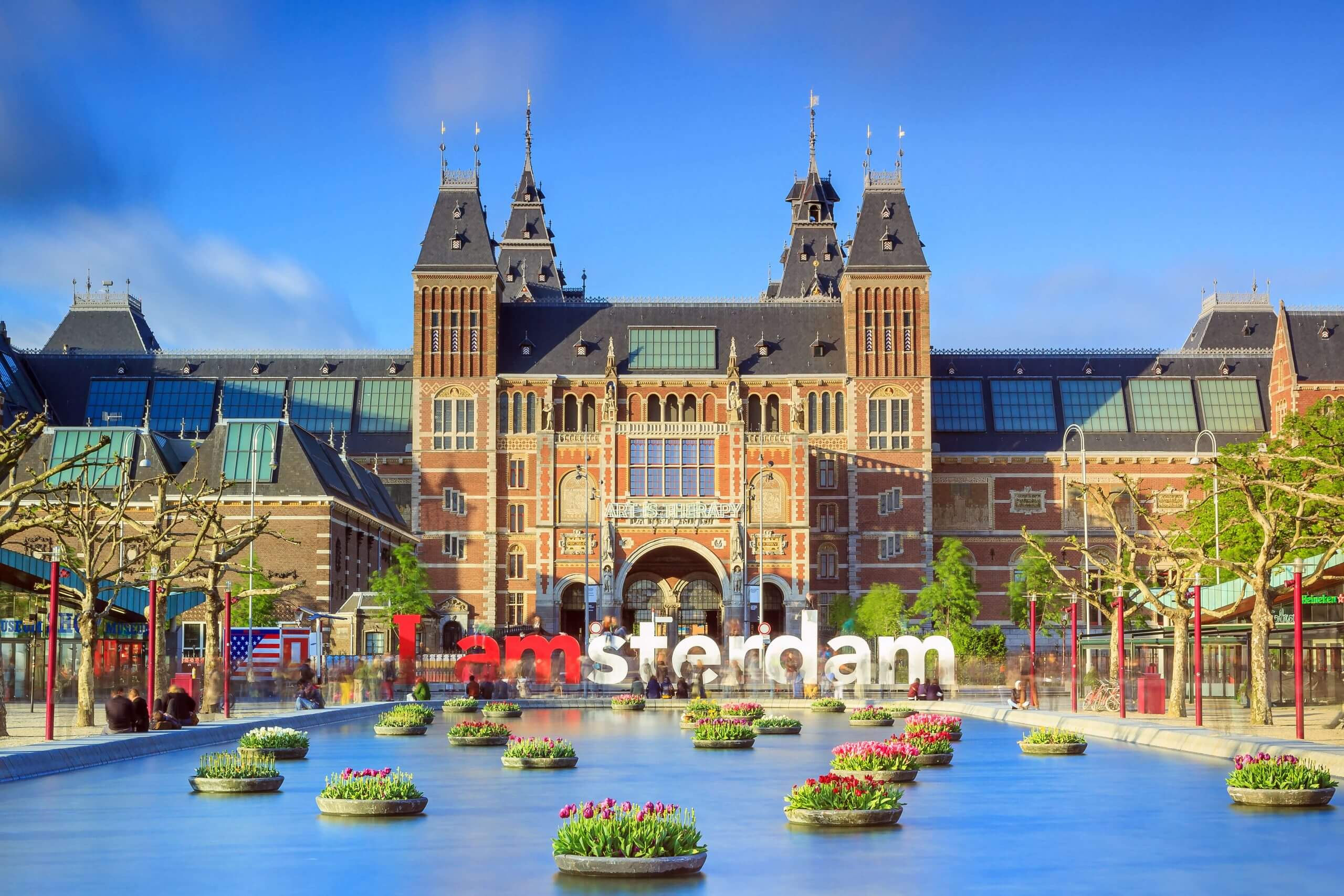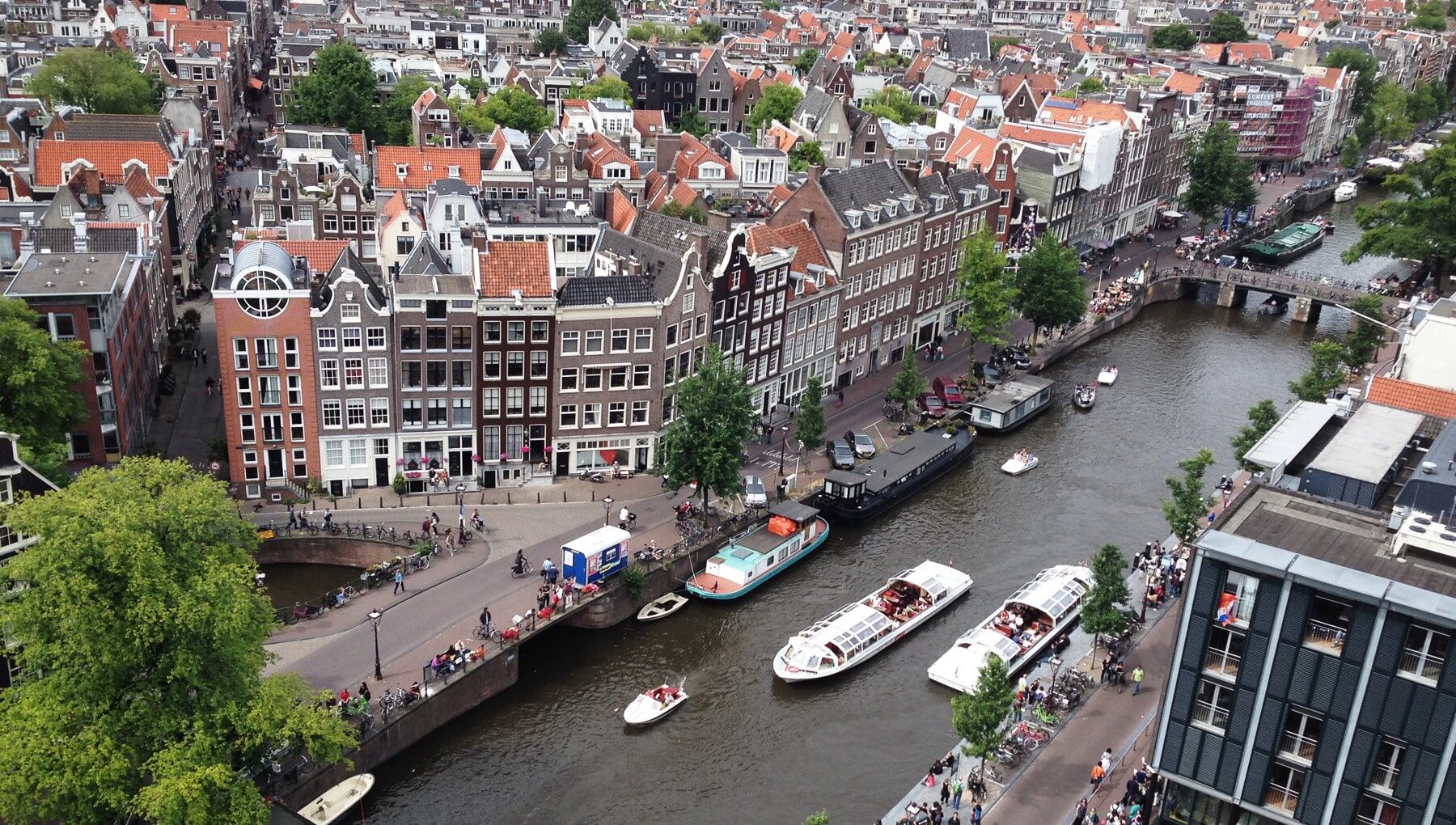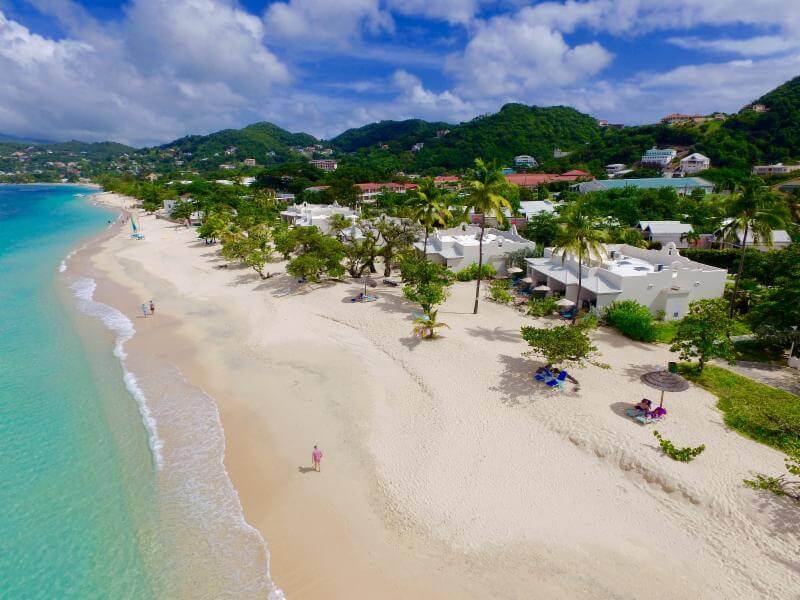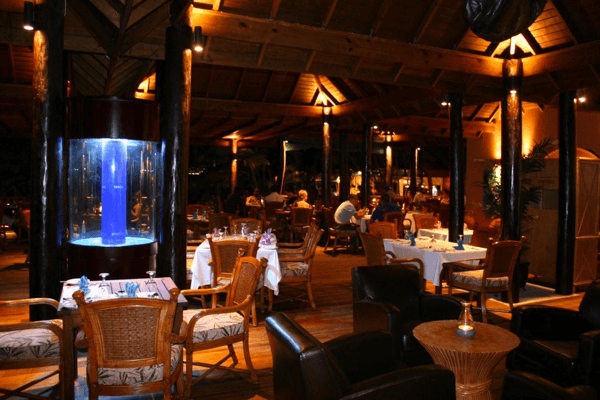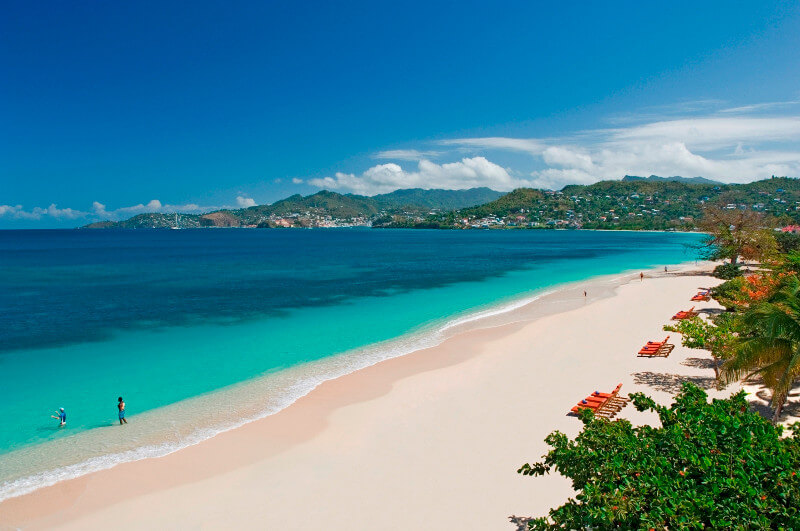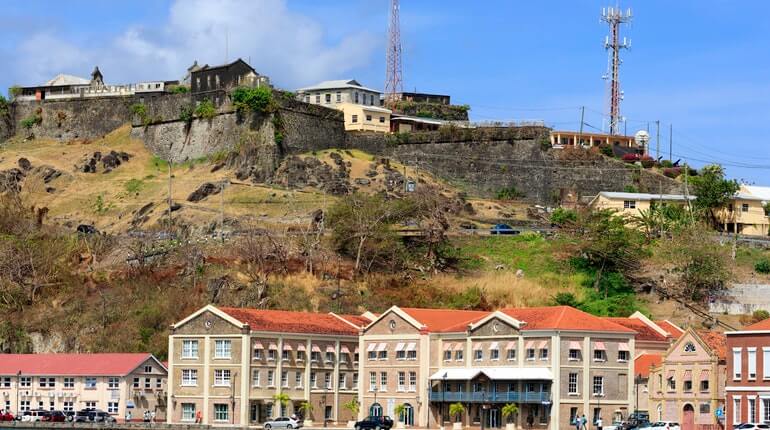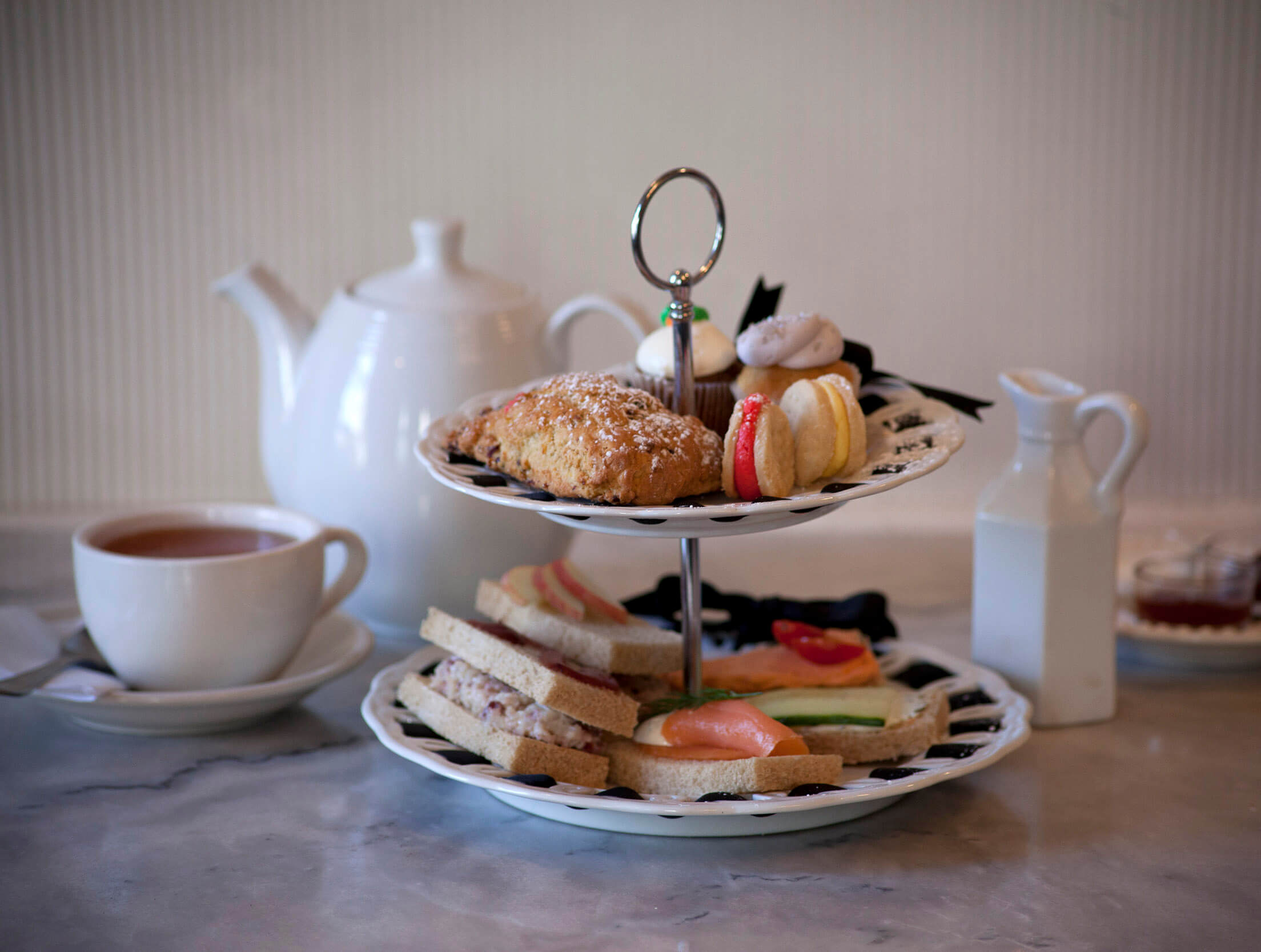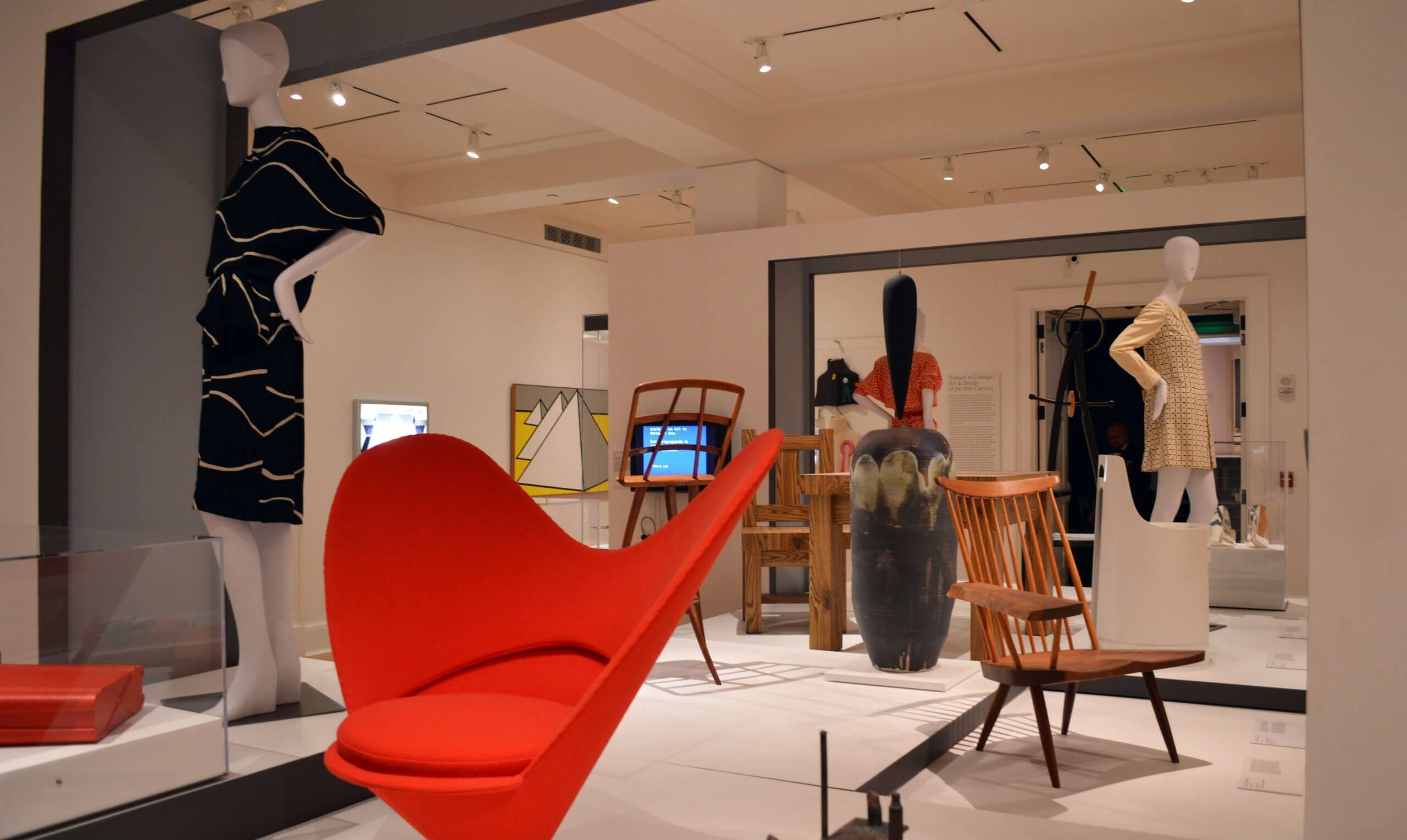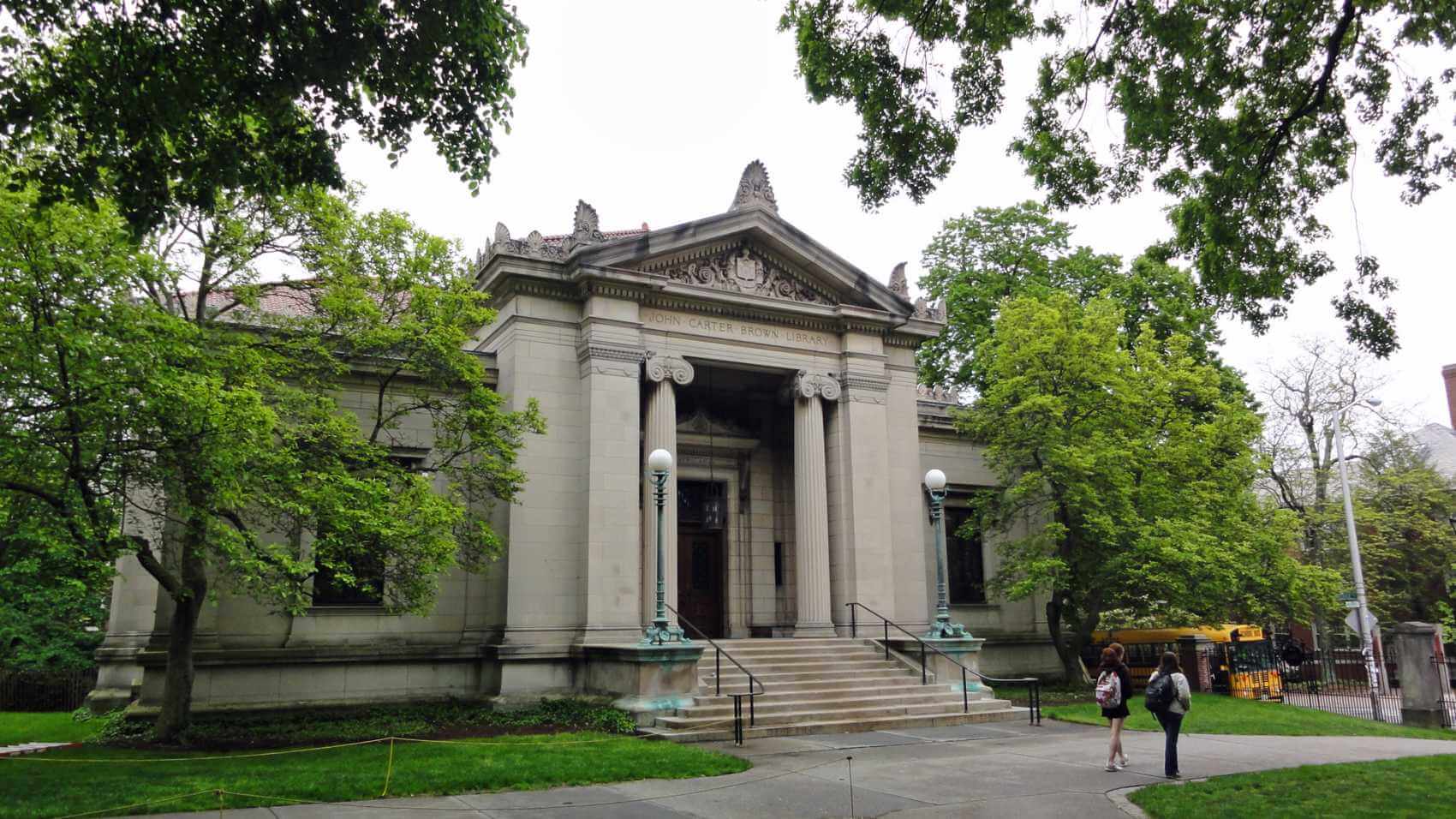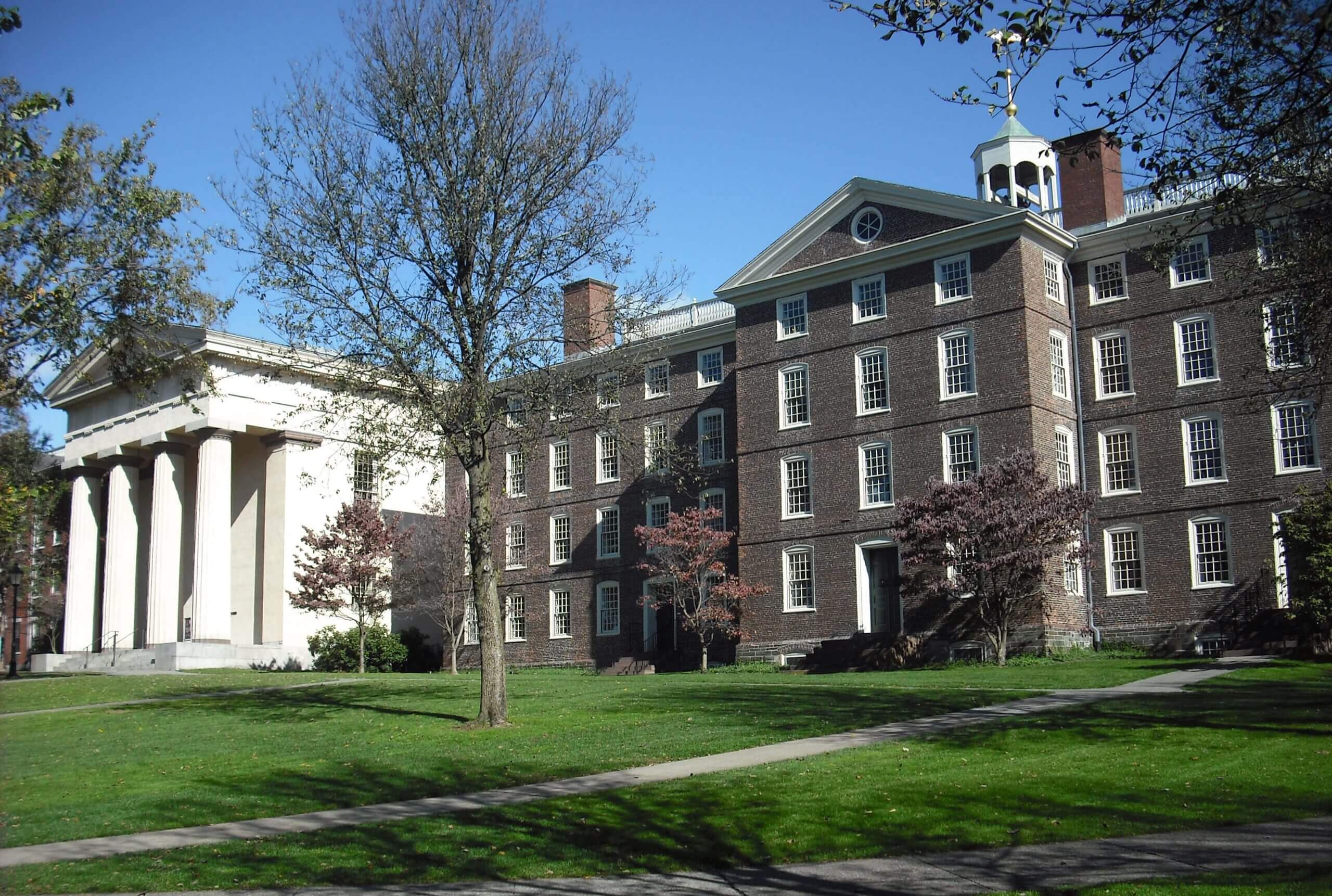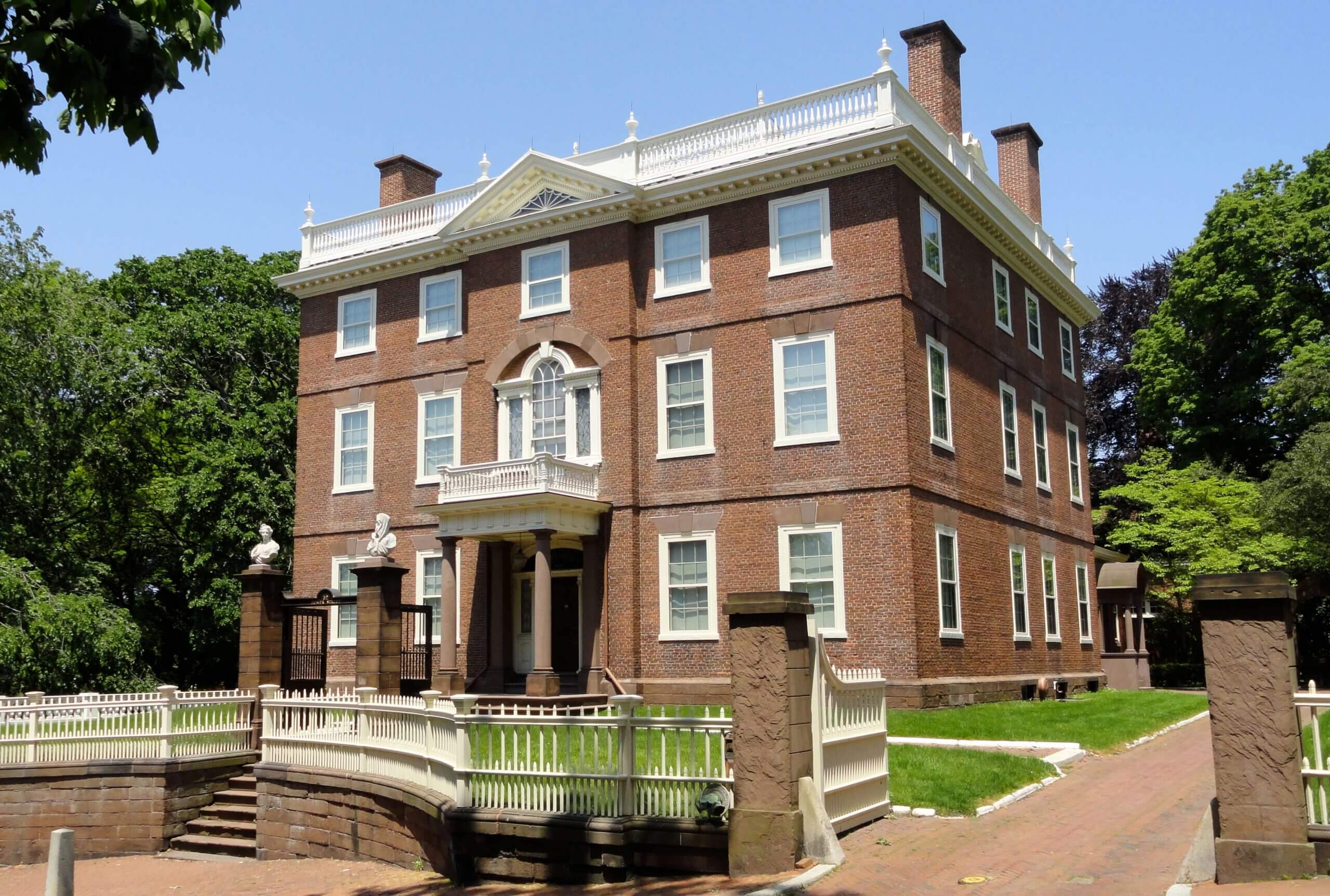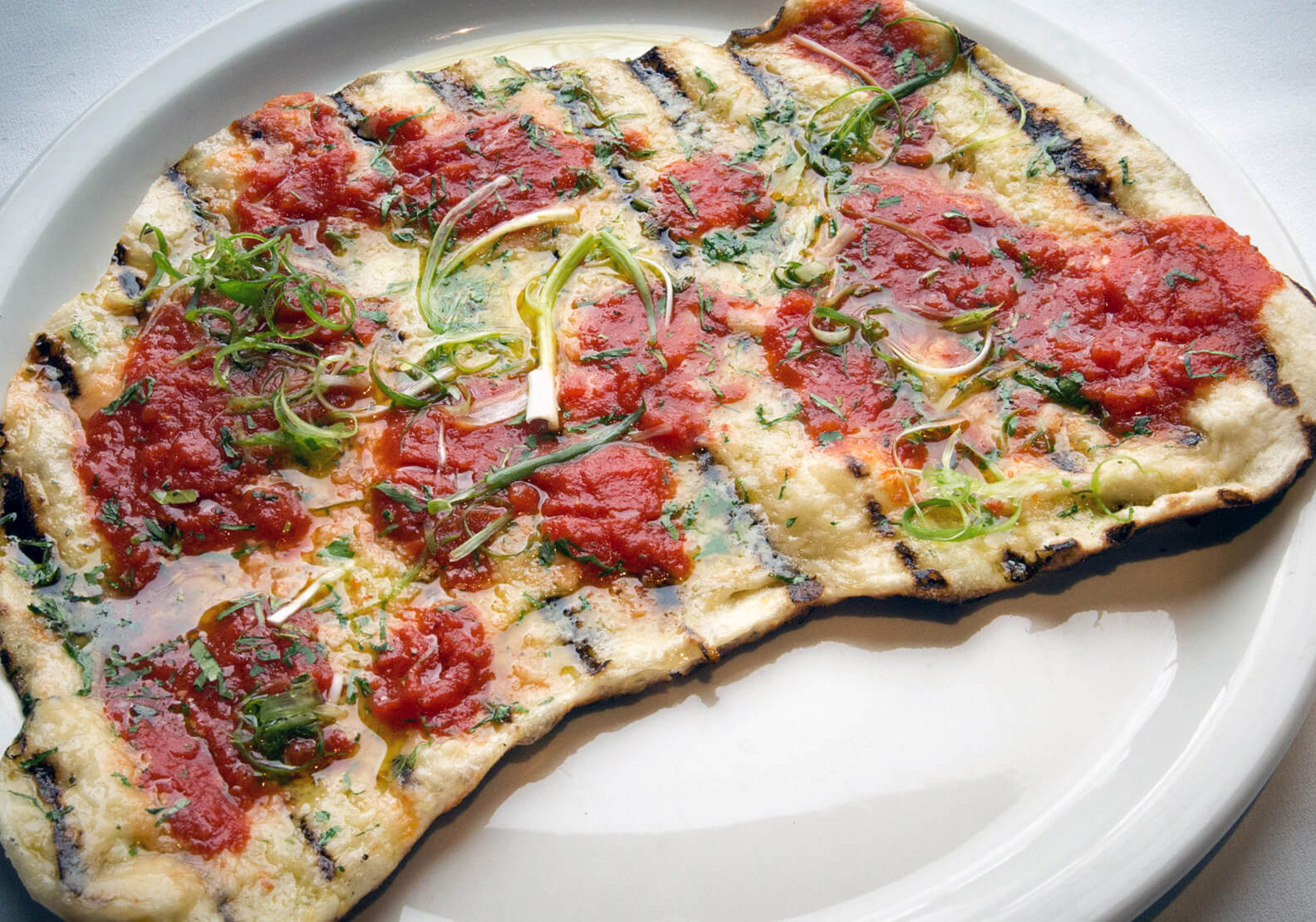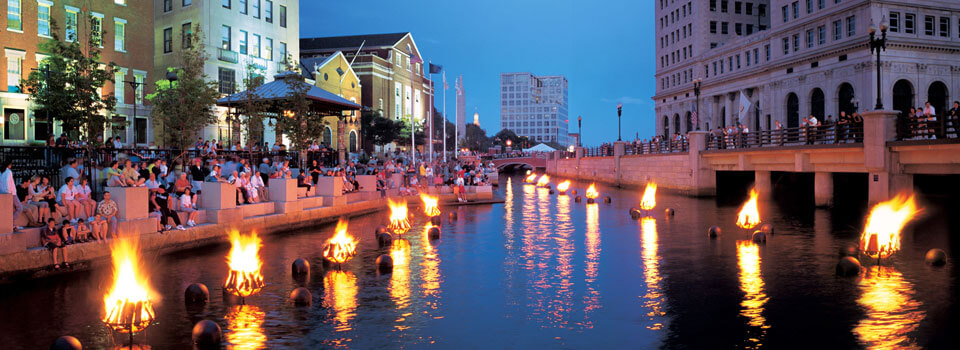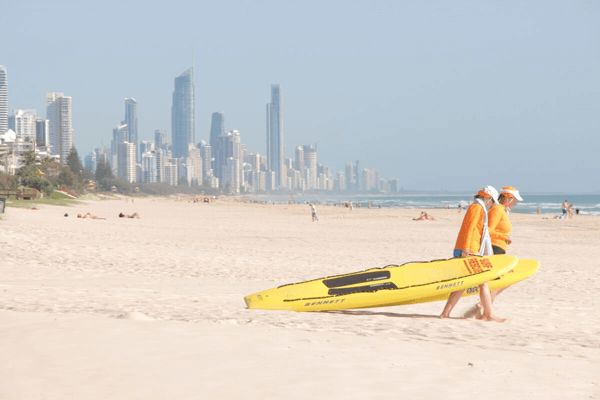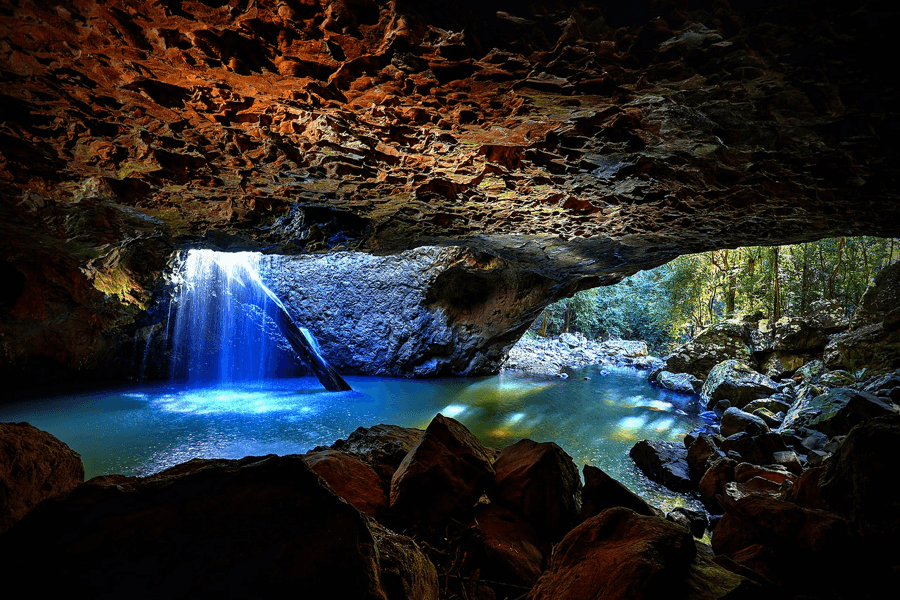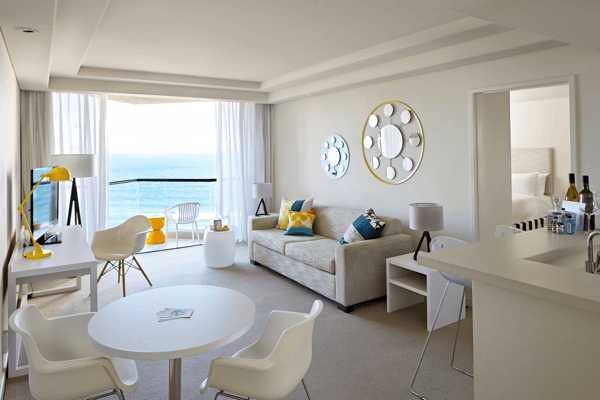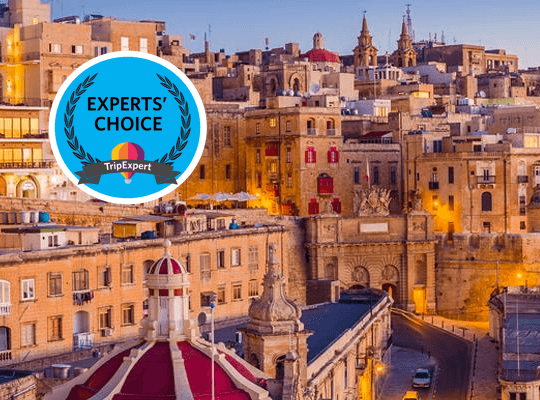
The EU’s smallest member state is on just about everybody’s must-visit list for 2018. The Maltese capital, Valletta is also the European Capital of Culture this year. Based on a combination of factors, including travel media best-of-2018 lists and our own algorithms that identify the world’s top hotels, restaurants, and attractions, we’ve named Malta the Best Overall Destination in our inaugural Experts’ Choice destination awards.
The Maltese archipelago consists of three main islands. On Malta, which gives its name to the country, you’ll find picturesque Valletta, a UNESCO World Heritage site. Scenic, hilly Gozo is known for its megalithic Ġgantija Temples. Sandwiched between the two is mostly uninhabited Comino, home to the celebrated Blue Lagoon.
The country is home to fewer than half a million people, making it the smallest European Union country by population. The Maltese have a rich heritage that, in one way or another, embraces just about every Mediterranean people who have taken to the sea. The Maltese language reflects this — it descends from Arabic, but has only ever been written in a Latin script, with Romance languages like Sicilian and Italian having heavily influenced it over the years.
History buffs will be excited by the many well-preserved ruins that date back several thousand years, some of the oldest of their kind still standing anywhere in the world. UNESCO has recognizing their importance by naming them World Heritage sites. The Megalithic Temples of Malta site comprises the two temples of Ggantija on Gozo as well as the Hagar Qin, the Tarxien, and the Mnajdra, all on Malta.
TripExpert’s top-rated attraction in Malta is the Ħal Saflieni Hypogeum, a vast underground complex dating back to the middle of the 3rd millennium BCE. It is a UNESCO World Heritage site in its own right. Like the other structures, it is thought to have had some religious significance, perhaps first serving as a sanctuary before becoming a necropolis.
To provide context for Malta’s well-preserved ancient past, consider visiting the National Museum of Archaeology in Valletta where you’ll see millennia-old artifacts, many of them from the UNESCO sites above.
Malta’s third World Heritage site is of newer vintage: construction on the city of Valletta was begun in the 16th century, following the siege of Malta. The city’s grid layout and fortifications were designed by military engineers, commissioned by the Knights of Saint John. UNESCO calls the city, “an ideal creation of the late Renaissance” notable for its “compact ensemble of 320 monuments that encapsulate every aspect of the civil, religious, artistic and military functions of its illustrious founders.”
For culture vultures, Valletta’s present is a rich as its past. As part of its year as a European Capital of Culture, the city will welcome 1,000s of artists and host numerous exhibitions, installations, and performances. There is no shortage of excitement for Muża. The name of the new national fine arts museum is an inventive contraction of Mużew Nazzjonali tal-Arti that puns on the Maltese word for ‘muse’ or ‘inspiration.’ Housed in the Auberge d’Italie, a 16th-century structure that is a work of art in its own right, Muża will contain the collection of the former national gallery as well as a host of new acquisitions.
In creating Valletta’s City Gate and the new Maltese parliament building, world-renowned Italian architect Renzo Piano demonstrated that the country’s contemporary architecture is culturally significant too. Created with limestone from Gozo, Piano’s creation features prominently in this year’s Capital of Culture celebrations.
The Auberge d’Italie, new home of Muża
The Guardian highlights upcoming musical festivals too — the Earth Garden festival, starting at the end of May, Malta Calls, and Kentaro!! — another sign of a fresh energy in the islands, one thats flows through Strait Street, an up-and-coming nightlife hub, and which is also enlivening the area with a host of newly-opened and about-to-open boutique hotels.
The experts’ favorite boutique hotel in the country is the Xara Palace in Mdina, the former capital. The Baroque palazzo’s 17 luxury rooms and suites are each individually designed and offer stunning views.
In its 2018 Go List, Fodor’s recommends both Casa Ellul, “a small boutique hotel in Valletta” that “offers luxury in a Victorian palazzo,” and the “tasteful Hotel Juliani, with balconies overlooking the sea” in Saint Julian’s, an area known for its beaches and nightlife.
On a larger scale and also in St. Julian’s, the Hilton Malta is the island’s “first coastal luxury mega-property,” excelling “in its role as a premier destination on this busy tourist strip.” This handful is far from all of the Experts’ Choice award-winning properties — Malta is chock full of them, so be sure to visit our hotels page.
We’ve gotten this far and haven’t even shared everyone’s favorite fact about Valletta (which extends, more or less, to the whole island) — it’s the sunniest city in Europe. So even if you’re not in utter awe of the rich ancient and Renaissance history or the art and architecture, you can’t possible pass up Malta if you’re a sun-worshipper.
There are many ways to put the sun to good use, whether you want to take in the endless views of Malta’s natural beauty that it illuminates or soak it up by the sea. Some of the best views near the capital are to be had at the Upper Barrakka Gardens overlooking the Grand Harbour. For those rays, Fodor’s and the Michelin Guide agree that the beach on Ghajn Tuffieha Bay is a must — come to swim, sunbathe, and surf. Little Comino’s Blue Lagoon is movie set-gorgeous (it’s been the backdrop for several films) and is worth a day or afternoon trip from Malta or Gozo. When you’d have enough of sun and sand, leave the beach behind and hop on a boat to take in the phosphorescent beauty of the Blue Grotto, a network of sea caverns.
Everyone is talking about this year’s Experts’ Choice winner for Best Overall Destination. Malta’s a must-visit for 2018. With increased tourism and cruise ship-traffic, you’ll want to be a part of the vanguard to avoid the crowds in what’ll definitely be even more of a holiday hub down the road. When this one-of-a-kind Mediterranean nation seduces you with its history, the art and architecture, and sunshine, use TripExpert to plan your 2018 trip.
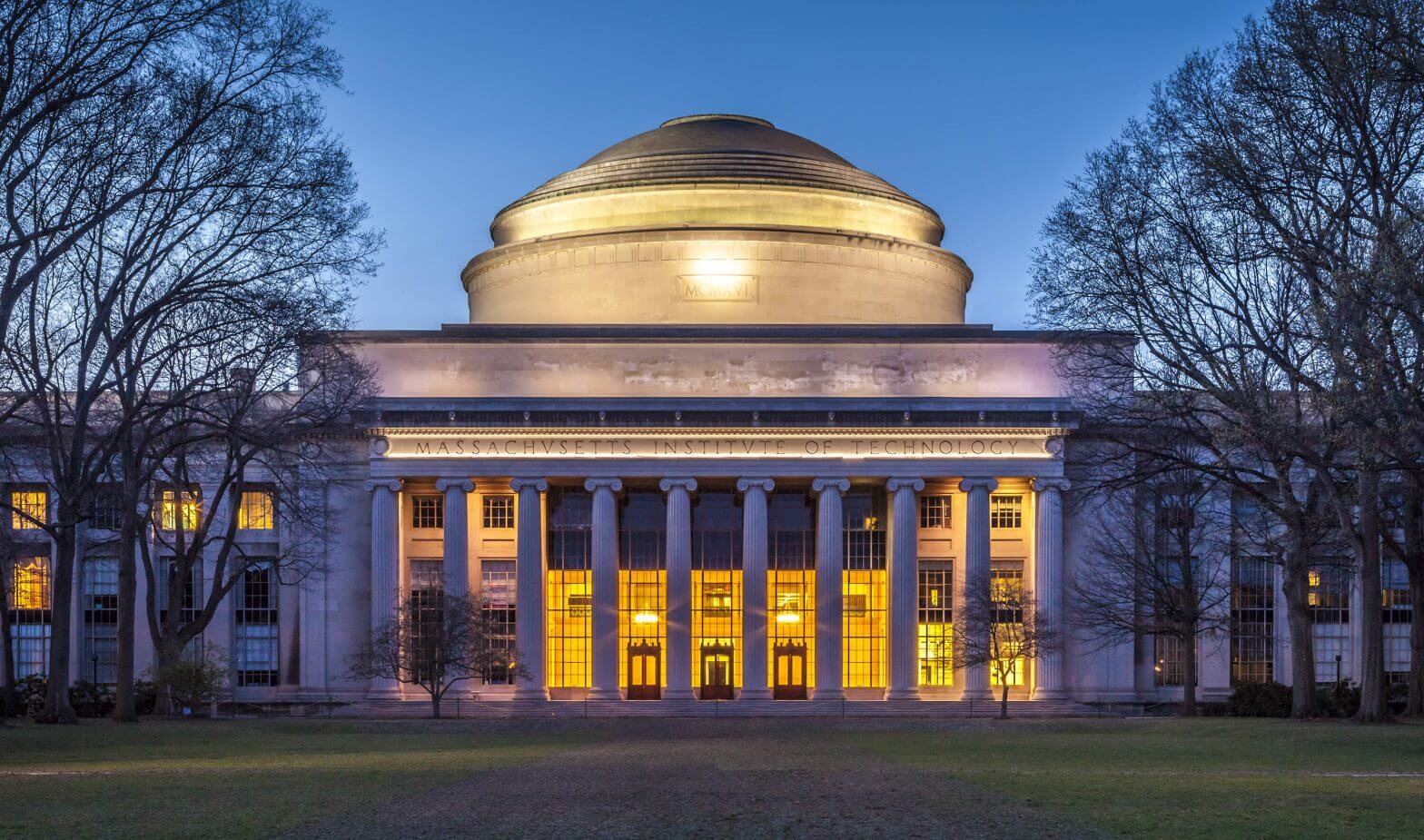
Though best known for its world-class universities, Cambridge, Massachusetts has so much more to offer than academia. With its historic museums, scenic riverside views and outdoor spaces, delicious restaurants and vibrant arts scene, Boston’s crunchy, quirky neighbor is worth a visit. So, what to do with a weekend in Cambridge?
Start your weekend right at Crema Café in Harvard Square — a hugely popular spot with delicious coffee, pastries and a range of breakfast options.
Next, take a stroll around Harvard Square, a busy shopping area with a student vibe. At the south end of the Square, visit the scenic Charles River. The Weeks Footbridge is a particularly nice spot to take it all in.
A little ways outside of the main campus you’ll find the Harvard Museum of Natural History, a quirky hidden gem tucked behind the chemistry labs. It’s worth a quick stop inside to at least check out the internationally acclaimed glass flower exhibit: an incredible collection of over 4,000 antique, lifelike flowers, fruits and plants hand-crafted from glass. If you’re in a museum mood, Harvard has several great ones to offer in addition to HMNH. The Harvard Art Museums, encompassing three smaller museums in a single complex, are personal favorites.
Glass flowers at the Harvard Museum of Natural History
Tatte Café in Harvard Square is your destination for lunch. With several locations around Cambridge and Boston, this bakery and cafe offers delicious salads, sandwiches and baked goods. The grilled halloumi salad is tough to beat.
Head towards the famed Massachusetts Institute of Technology (MIT). It’s an easy T ride away (that’s Massachusetts for “subway”), or get in the Cambridge spirit and grab a bike from the Hubway bike-share service ($6 for a day-pass). Duck into the MIT Museum for quirky science exhibits and great gifts for the nerd in your life. Don’t miss the Hall of Hacks, where you’ll learn about MIT students’ elaborate pranks through the ages.
Then, go check out one of the more famous hacks: the Harvard Bridge spanning the Charles River, measured and marked in “Smoots,” a nonstandard unit of measurement that corresponded to the height of MIT freshman Oliver Smoot in 1958. (He repeatedly lay down all the way across the bridge while his fraternity brothers marked out the measurements; the bridge came to 364.4 smoots, plus or minus one ear — leave it to MIT students to include the margin of error).
Need a costume or a quirky wardrobe reboot? The Garment District / Dollar-A-Pound, a legendary Cambridge “Alternative Department Store,” is the place for you: the ground floor is an actual pile of second-hand clothes, shoes, accessories and other treasures you never knew you needed that costs one dollar per pound; upstairs is a sizeable store offering vintage, second-hand and new items in a more traditional format (i.e. the clothes are on hangers).
Not in the mood to shop? Take a detour to the Taza Chocolate factory store, a very bikeable and not un-walkable trip from the MIT area (technically just over the border in the town of Somerville) and a must-visit for chocolate-lovers. Tour their facilities, learn about their sustainable chocolate production processes and, most importantly, sample their terrific stone-ground chocolate products to your heart’s content.
Taza Chocolate factory store
Make your way to Central Square: an official Massachusetts State Cultural District, this is a neighborhood filled with character and known for its ethnic restaurants, bars, live music and theater. There are lots of great dinner options up and down Massachusetts Ave. Dosa Factory — tucked in the back of an Indian grocery store — offers delicious South Indian dosas (lentil crepes) in a no-frills setting (the roasted eggplant is seriously good). Up Mass Ave a little ways towards Harvard Square is Dumpling House, a Chinese joint hugely popular with locals. Or embrace the Cambridge ethos at Life Alive veggie/vegan café in the heart of Central Square; trust me, you don’t have to be vegetarian or vegan to enjoy your meal there.
After dinner, hit up ImprovBoston, improvisational theater right in the heart of the Square. Head to Brick & Mortar before or after the show for terrific, creative cocktails in a sleek, hidden upstairs space. In the mood for something else instead? Make your way back to Harvard Square for a milkshake or beer and a round of pool in Tasty Burger’s basement bar. If it’s live music you’re after, head around the corner to Beat Hotel, a bohemian venue offering live jazz, blues, R&B and other genres.
Kick off Day 2 with a delicious Middle Eastern brunch at Sofra, right on the edge of Cambridge but definitely worth the trip (on the 71/73 bus route or an easy bike ride). Go on the early side or be prepared to wait — it gets pretty packed on the weekends, a testament to its deliciousness.
Head a few blocks east to Mount Auburn Cemetery — the first landscape-designed cemetery in the country. This National Historic Landmark, complete with scenic walking paths and a tower with great views of Cambridge and Boston, is an oasis of calm worth exploring. Birdwatchers will be delighted by mergansers, wood ducks, warblers, and a host of other avian visitors. History buffs flocked to the cemetery for the chance to visit the gravesites of a number of famous individuals, including famed American poet Henry Wadsworth Longfellow, Christian Science founder Mary Baker Eddy, and antislavery politician Charles Sumner.
Washington Tower, Mount Auburn Cemetery
Make your way back towards Harvard Square and take part in one of Greater Boston’s favorite and most serious pastimes: eating ice cream. Even in a blizzard, you’ll find ice cream stores across the region not only open but busy. Get in on the ritual at J.P. Licks in Harvard Square, one of the top ice cream spots in the area.
Check out some of the Cambridge arts scene next. Head to a show at Club Passim, a well-known folk music club with a laid-back vibe, featuring local musicians; check out the Cambridge Artists Cooperative Gallery; or see what’s on at the Harvard Film Archive, which screens films Friday through Monday on a wide range of themes.
Head for dinner at Night Market, a hip underground space serving up Asian street food. If you’re in the mood for somewhere with less graffiti, The Red House is another top choice, offering a diverse farm-to-table menu in a converted historic house.
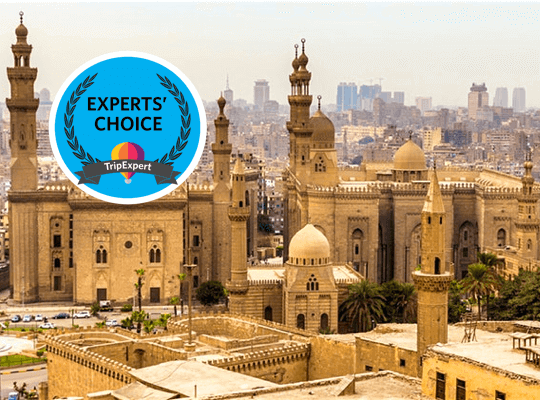
Our new Experts’ Choice destination awards work from must-visit lists for 2018, travel media coverage, and our own proprietary algorithm to identify the hottest spots to visit this year in every region of the globe. Greater Cairo, a cultural crossroads and Africa’s second-largest urban area, is our inaugural winner for Best African Destination.
Millions call Cairo home and millions more visit the city every year. Egypt’s tourism sector was impacted by the 2011 Arab Spring and the events that followed, but the United Nations World Tourism Organization ranked Egypt second worldwide for the percentage increase in visitor numbers last year.
The recovery’s caught the attention of publications like The Guardian, which has placed the Egyptian capital on their 2018 hot list. Buzziest among their reasons to return to Egypt or to visit for the first time is the Grand Egyptian Museum (GEM), due to partially open any month now in the immediate vicinity of the pyramids.
Rendering of the Grand Egyptian Museum
Many of Egypt’s most famous antiquities will be moved to the new state-of-the-art facility from the beautiful but cramped Egyptian Museum in Tahrir Square. King Tutankhamen’s famous golden mask will make the move in November, it was recently announced. Other artifacts associated with the famous pharaoh have already been moved from the Luxor Museum.
As in the case of its grand new museum, what’s old here is new again. Many of the most famous draws to Cairo are historic sites and museums celebrating Egypt’s rich ancient, Coptic, and Islamic heritage. These include the Coptic Museum, which Concierge calls a “bridge between the art of ancient Egypt and the Islamic era,” and the Museum of Islamic Arts, called by the Michelin Guide, “one of the world’s most exceptional collections of Islamic art.”
Cairo’s many mosques are a gorgeous hallmark of the city, one often forgotten by those who think of Egypt in terms of pharaohs and pyramids. The Mosque of Ibn Tulun dates to the 9th century making it the oldest original mosque that continues to function in the country. The Al-Azhar, a century newer than that of Ibn Tulun, anchors one of the most prestigious centers of learning in the Muslim world.
There are also historically significant Christian sites in Cairo: the Hanging Church in the heart of Coptic Cairo dates back to the 7th century while the Church of Saints Sergius and Bacchus is said to be built over a cave where the Holy Family took refuge during their flight from Herod.
Steeped in thousands of years in history, Cairo is nevertheless anything but a fossil. It’s full of life, which you’ll find at sites like the Khan al-Khalili, a colorful souk crammed with people and wares. If you wind your way down the right alley here, you’ll find yourself at the celebrated Naguib Mahfouz Café, a respite from the busyness, or seek out refreshing mint lemonade and shisha at El Fishawy.
Al-Azhar Park, the lungs of Cairo, offer a more relaxed environment to rub elbows with locals. For a small entry fee, you can stroll the landscaped green space, taking in views of the city’s varied skyline. There are several decent restaurants on the premises here, too, like Citadel View, named for the nearby Citadel.
After full days of sightseeing, especially if you hit Cairo during the majority of the year when temperatures are high, you’ll want your hotel to be a haven. As befits a cosmopolitan capital, Cairo boasts world-class hotels like the Experts’ Choice-winning Four Seasons Hotel at Nile Plaza, which Fodor’s calls the “most sophisticated address in the city […] the top place to see and be seen.”
Hotel Longchamps, on the leafy island of Zamalek, is not a chain luxury property, but rather, “feels more like a Parisian private house than a hotel,” according to Insight Guides. It’s one of the best values for money in the city, but only has 22 rooms, so can be hard to book.
The Four Seasons at Nile Plaza
In the vein of large and luxurious, the Fairmont Cairo, Nile City, is among the best. Sitting Nileside, the hotel has smart Art Deco interiors and offers guests a number of restaurants and bars as well as a spa. Near the pyramids at Giza is the Mena House Hotel, built in the 19th century as a hunting lodge for Khedive Ismail. Pay a little more for rooms with views of the pyramids themselves.
On the rebound, this vibrant city at the crossroads of Africa and Middle East, is worth your while in 2018. As safe to visit, according to the U.S. State Department, as many European destinations, Cairo should be on your itinerary for both its ancient allure and future-focused vibrancy.
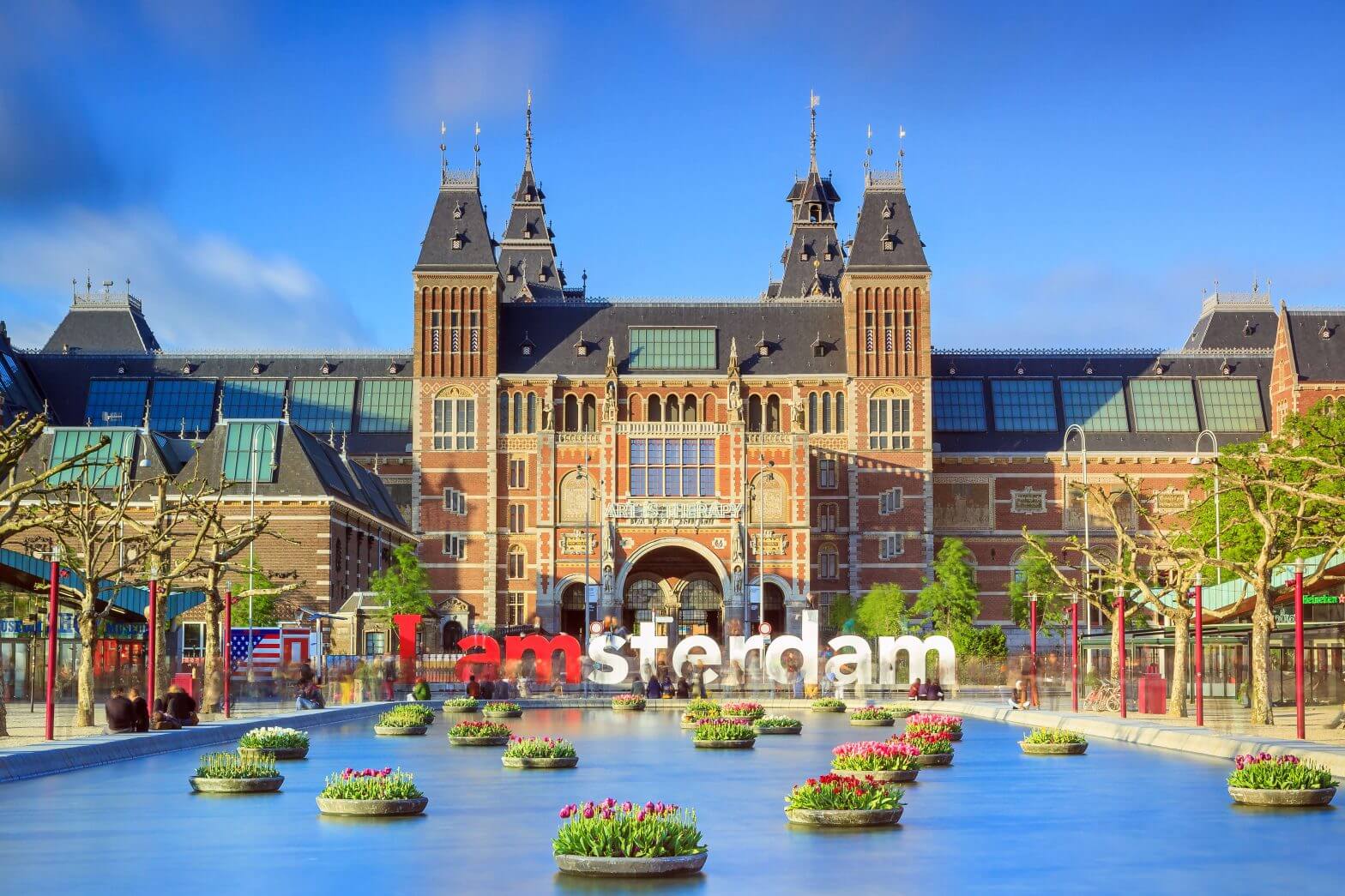
Amsterdam flourishes within an extraordinary setting of gabled brick houses, magnificent public buildings, and tidy canals that weave through the heart of the city with sliced-apple-pie order. There is artwork galore and streets to rest easy and ponder it all.
The 17th-century was a Golden Age for the Netherlands. The Dutch East India Company brought precious spices from the Far East and Holland’s hybrid tulips were a booming speculative market. Amsterdam was the center of the world. The city grew powerful and beautiful. Today it remains a livable city for the ages.
For most of its history, Amsterdam has been the world’s most liberal city. Not just freethinking and free love, but also the kind of liberalism that nourished America’s political and economic freedom. New York City’s Financial District grew out of Fort Amsterdam, which was built on the southern tip of Manhattan in 1625.
Getting to the heart of the city is easy. Amsterdam Airport Schiphol ranks among the most efficient airports in Europe and one of TripExpert’s favorites worldwide for a long layover. A train departs every 10 minutes for Central Station, a beauty of a Gothic-Renaissance Revival structure through which 260,000 people pass every day.
The Holland Tourist Information Office (near baggage belt 8) sells a transport pass valid for one, two or three days (15, 20 or 25 euros). It’s good for the airport train and all public transport in Amsterdam.
Amsterdam Central Station
From Central Station it’s a five-minute walk to Dam Square, where in the 13th-century a dam was built around the river Amstel. Today the massive square is often a swirl of street performers and food stalls. Fronting it is the 17th-century Royal Palace Amsterdam, which is open to visitors most days (check their website).
Across the square from the palace is Grand Hotel Krasnapolsky, the largest five-star hotel in the Netherlands and home to one of the best French restaurants in the city (The White Room). The linen is as crisp as fresh dollar bills in both the hotel and restaurant.
If you’re more interested in mingling with locals than sightseeing, on a narrow street near Dam Square you’ll find Van Kerkwijk (Nes 41), a popular eating and watering hole to plumb the zeitgeist of Old Amsterdam. The dishes range from Italian classics to Indonesian curries, but they’re best known for gamey house pâté and seasoned steaks served with French fries.
A 20-minute walk from Dam Square is the Rijksmuseum (admission, 17.50 euros), the national repository of Dutch art and history. It’s the grandest of several top-shelf museums in Amsterdam and home to Rembrandt’s masterpiece “The Night Watch.” Close by are the Van Gogh Museum (17 euros), the Stedelijk Museum (a vortex of modern and contemporary art, 15 euros), and the Concertgebouw, which often features free concerts on Wednesday afternoons. Both the Rijksmuseum and Stedelijk Museum have recently had multiyear, multimillion-euro renovations.
For dining in the museum district we like the authentic Indonesian cooking at Sama Sebo (Hooftstraat 27). The history between the Netherlands and Indonesia is tangled and this neighborhood restaurant brings it back home.
Our favorite high-end hotel in the museum district is Conservatorium Hotel (Van Baerlestraat 27), a former music conservatory located across from the Van Gogh Museum and reworked by Italian architect and interior designer Piero Lissoni. The hotel’s hip bar and Taiko restaurant (Asian-fusion cuisine) are popular with Amsterdam’s avant-garde artists and professionals.
So let’s venture a little further. A canal cruise is a lulu of a way to get acquainted with the old city. Three cruise operators recommended by the Amsterdam tourist office include Lovers, Amsterdam Canal Cruises and Gray Line Canal Cruises. Generally the tours last one-to-two hours and cost around 20 euros. The scenery scrolling by is the heart and soul of Amsterdam.
Another popular way to tour Amsterdam is from the seat of a rented bicycle. Almost half inner-inner city transport is by two wheels. The bike lanes are crowded so keep your head on a swivel. Reputable bike rental shops include Yellow Bike and MacBike. Prices range from 6 euros per hour to 15 euros for 24 hours, but vary depending on the type of bike.
Come evening, when you’re pedalled or cruised out, you can check in at the Park Plaza Victoria Amsterdam, a four-star, modern hotel across from Central Station. It’s built around tiny houses from the 17th-century, homes that stood their ground against development.
Other nearby accommodations includes Art’otel (Prins Hendrikkade), a high-tech modern, mind-blowing art-chic five-star with a cool bar and its own art gallery.
Looking for a Dutch coffee and a room with a view? We like the Central Library’s (Oosterdokskade 143) seventh-floor café (open 10 am to 10 pm).
But our favorite coffee spot is Cafe Papeneiland at the corner of the Prinsengracht and the Brouwersgracht. It’s one of Amsterdam’s infamous “brown cafés,” where interior walls are stained from centuries of tobacco smoke from patrons.
Canal cruises and bicycles are fine, but mostly we like to walk the cobbled streets of the neighborhoods in old Amsterdam. Our favorite is the Jordaan, a tight community of radical thinkers who like to celebrate life along gorgeous streets lined with galleries and bars.
Working-class Jordaan starts west of Central Station and winds around the Canal Ring, Amsterdam’s true north, which in 2010 was named a UNESCO World Heritage Site. In 2013, it celebrated its 400th birthday. On Saturdays, the 120-year-old Lindengracht market attracts locals and visitors with more than 200 stalls of produce, cheese, clothing and crafts.
And finally, we don’t recommend a crawl through the green coffee shops here in Europe’s marijuana capital, even though pot-legal establishments are plentiful in Amsterdam. Barney’s Uptown (Haarlemmerstraat 105), a five-minute walk from Central Station, is arguably the best, so we’ve been told. They also serve meals and drinks amid the purple haze.
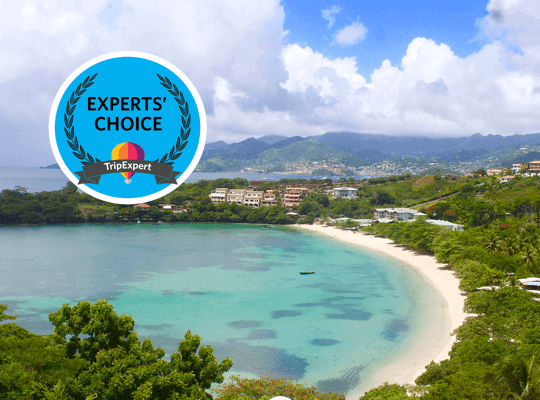
Working from lists of must-visit destinations for 2018 from leading travel media as well as our proprietary algorithm that serves up the best accommodations, restaurants, and attractions, we have compiled our own best-ofs for this year. Grenada, with “uncrowded beaches, preserved rain forests, and a lively local culture and cuisine,” (Travel + Leisure) takes the inaugural award for Best Caribbean Destination.
Lying at the southern end of the Hurricane Belt, Grenada is relatively sheltered from the storms that ravage its neighbors to the north. It escaped last year’s brutal hurricane season unscathed. Its location makes it a more reliable plan-ahead destination. For now, it’s also safer from the hordes of tourists that make other Caribbean destinations feel overcrowded.
Another major draw: Grenada’s family of gorgeous vacation properties is being joined by several highly anticipated new resorts. Silversands debuts this year, shaking up the Grand Anse Beach scene with its suites, villas, and the longest pool in the Caribbean. The Kimpton Kawana Bay is due to open in 2019.
In its list of best places to travel in 2018, Travel + Leisure highlights the recent renovation of one our favorites, Calabash Luxury Boutique Hotel. Post-refresh Calabash earned entry into Relais & Châteaux, one of only five Caribbean resorts to join the exclusive fellowship of luxury hotels.
And of course, there are our perennial favorites: the incomparable Maca Bana, a hillside cottage colony; and Spice Island Beach Resort, a sanctuary on Grand Anse Beach with personalized service and incredible amenities. Laluna Hotel, a 16-villa resort tucked away on a hillside in Morne Rouge, is also spectacular — called a “glittery, hedonistic niche” by Frommer’s.
Spice Island Beach Resort
With an eco-tourist, family-friendly vibe, Blue Horizons Garden Resort charms with the simple, relaxed aesthetic of its 32 suites and studios, all with kitchenettes. And then there’s Mount Cinnamon Resort and Beach Club, which Condé Nast Traveler calls “so infused with the full spectrum of sea and sky that it seems to have sprung fully formed from its surroundings.”
Grenada’s resorts offer a variety of dining experiences. Many holiday-makers stick to these convenient and, by all accounts, excellent dining options. Atop our Experts’ Choice list is the Aquarium Restaurant, connected to Maca Bana and known for its seafood and West Indian barbecue served right on Magazine Beach.
A Lonely Planet favorite, Coconut Beach is an independent, family-run place serving up French and Creole seafood in an old beach house. If you’re after an Italian flare when it comes to the fruits of the sea, Laluna‘s restaurant is rightly proud of its imported Italian ingredients and its imported Sicilian chef. If you’re thirstier than hungry, there’s also the celebrated River Antoine Rum Distillery, which claims to be the oldest, continuously operational distillery in the Caribbean.
While Grenada’s cuisine delights the taste buds, its beaches are a feast for the eyes. Writer Audre Lorde, visiting in the 1980s, described seeing schoolchildren on Grand Anse Beach “trying to decide between the lure of coco palm adventure to one side and the delicious morning sea on the other.” In the decades that’ve passed, a lot has changed — developments, an increase in tourism — but the white-sand beach is still a favorite.
Off the beach, there’s much more to commend Grenada. The picturesque capital, St. George’s, earns comparisons with oil paintings. TripExpert’s top-rated attractions can all be found here. Fort George, a centuries-old French-built structure is an iconic element in the city’s skyline. There’s bustling Market Square, busiest on Friday and Saturday mornings with exquisite fruits and spices on offer alongside souvenirs and crafts.
And finally, active adventurers will love the over 30 diving sites off the coast including the famed underwater sculptures, a submarine gallery created by sculptor Jason deCaires Taylor.
Or, if you’d like to be on the water instead of under it, you can go tubing right through the rainforest on the Balthazar River. Hike to gorgeous waterfalls — Concord Falls and Annandale Falls are the experts’ favorites.
River tubing through the rainforest
Whatever brings you to Grenada, you’re sure to discover an island unlike any other. Experts’ agree that Grenada is a unique experience, not yet overdeveloped and have been spared from many of the disastrous storms that’ve struck the Caribbean in recent history, not to mention its distinctive culture, cuisine, and natural beauty. Start planning your trip to this Experts’ Choice Best Caribbean Destination with our help.
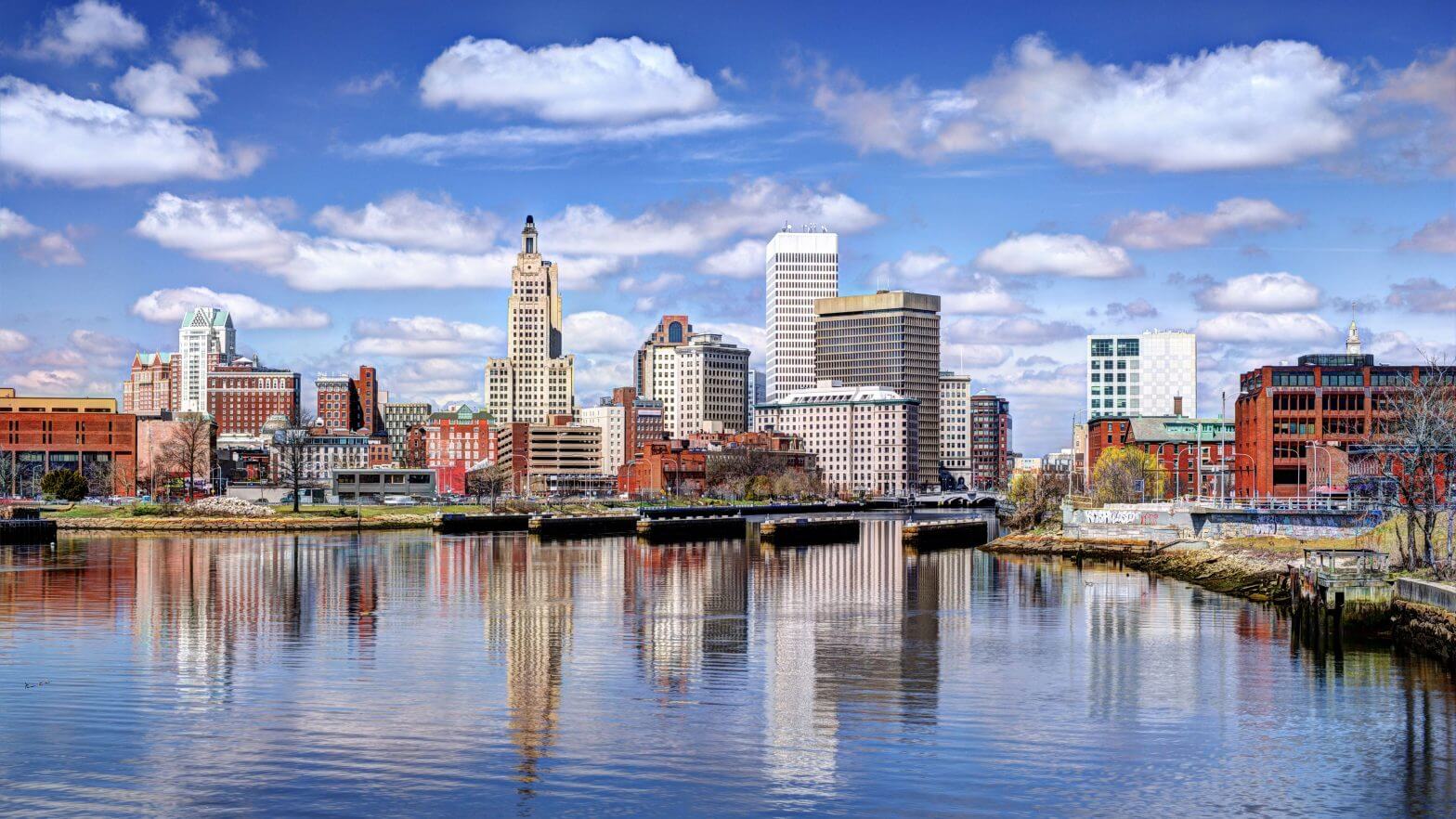
An easy train-ride from Boston, historic Providence, Rhode Island offers a laid-back New England vibe, good food and lots of history. The city is also a great base for exploring the lovely beaches, delicious seafood and charming towns that this tiny seaside state has to offer. Enjoy an easy getaway to Providence or combine your time in the capital with a trip to the historic Newport Mansions, peaceful Narragansett Bay or the stunning Mohegan Bluffs.
Whether you’re just in Rhode Island for the day or kicking off a longer trip, start your visit right at Duck and Bunny creperie and tea room on Wickenden Street, a true Providence gem serving up brunch every day from 10-4 and an all-day afternoon tea in a charming, historic house. Those with a sweet tooth won’t be disappointed by their delectable cupcakes.
Next, make your way to the The Rhode Island School of Design (RISD) Museum, showcasing the collections of one of the top art and design schools in the country. Home to more than 100,000 objects representing millennia of human art and design history, the RISD Museum offers acclaimed exhibitions and a range of public programs for people of all ages. Don’t forget to check out the museum store — RISD Works — where you’ll find unique works of art and handicrafts by the school’s alumni and faculty.
Head a few streets over to Brown University, where you’ll enjoy a quintessential New England university vibe among the historic brick buildings, scenic green spaces and monuments. Grab a map of campus at the Campus Center, 75 Waterman Street. The John Carter Brown Library has interesting historical exhibits drawing on its collection of 50,000 rare books, manuscripts and secondary sources. One of the university’s best kept secrets, the Plant Environment Center’s Conservatory at 85 Waterman Street is a hidden jungle of exotic plants and flowers that welcomes “artists, gardeners, tinkerers, dreamers, readers, thinkers, general plant lovers, and green and brown thumbs” to visit between 7:30 and 3:30 every day.
John Carter Brown Library
Relax with a picnic on the Main Green surrounded by the University’s most historic structures — buildings like University Hall, which served as a barracks and hospital during the Revolutionary War. If it’s a sunny day during the academic year, you’ll likely be joined on the Green by dozens of students reading, tossing a frisbee or just relaxing. Grab some grub for your picnic on nearby Thayer Street, the main shopping street near campus and a student hub for quick, affordable eats. East Side Pockets is a local favorite, serving up delicious, quick middle eastern dishes. Try the falafel sandwich — you won’t be disappointed.
Main Green with University Hall
Explore the historic John Brown House, housed in what President John Quincy Adams described as “the most magnificent and elegant mansion that I have ever seen on this continent.” Perched on a hillside overlooking the river, this magnificent building, built in 1788, was home to one of the wealthiest and most influential families in Rhode Island. Choose between a guided tour or a self-guided audio tour.
Visit historic Federal Hill, known as Providence’s Little Italy and the “Heartbeat of Providence.” Stroll cobbled streets, shop quaint boutiques and treat yourself to award-winning Italian food at one of the top restaurants in the neighborhood like Al Forno known for its pizza, or Siena Restaurant, where the flavors of New England merge with the tastes of Tuscany.
Head back down the hill to take a stroll by the Providence River and enjoy a view of the illuminated State House on your way down.
If you’re in town between April and December, try and time your visit around a WaterFire event — a famous annual Providence tradition. Every two weeks or so, braziers in the middle of the Providence River are filled with dramatic bonfires. During WaterFire, the surrounding Waterplace Park and Riverwalk host an arts and music festival along the banks of the river.
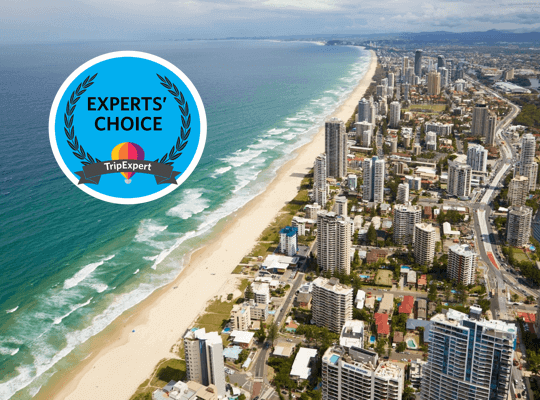
Drawing on rankings from top travel experts and our expert review-fueled algorithm that identifies the world’s best hotels, restaurants, and attractions together, we’re debuting our Experts’ Choice destination awards. In Oceania, it’s Queensland’s Gold Coast, known for its miles of beaches, that takes this year’s prize.
Over half a million people are will flock to the Gold Coast for the 2018 Commonwealth Games, which kicked off Wednesday and continues through April 15th. Beyond the Games, perfect weather, nightlife, theme parks and water sports draw these and 12 million other visitors yearly to this sunny stretch south of Brisbane.
Festival 2018, a celebration of the arts, coincides with the Commonwealth games and will feature both local and global music, theater, circus, dance, and visual arts. Events are taking place at multiple venues, like Surfers Paradise and Broadbeach. Even after the festival’s over, HOTA (Home of the Arts) is an arts and entertainment hub that’ll help you get your fill.
The Guardian, in its ‘Where to go in 2018’ list, describes Surfers Paradise as a “high-rise strip of nightlife and theme parks that colours this coastline with a reputation for raucous partying.” Indeed, the Gold Coast is known the country over for hosting “Schoolies Week,” the equivalent of Spring Break for Australian students, which happens in mid- to late November.
Springbrook National Park
The Gold Coast is most famous for its miles of beaches, too numerous for us to introduce you to individually, but the local tourism corporation has a handy guide to which beaches are best for which activities. It’s not all about the beaches, though: there is some pretty spectacular scenery to behold when you hit the trails at Springbrook and Lamington National Parks — among The Telegraph’s reasons for naming the Gold Coast one of its 20 destinations to visit in 2018. Wildlife lovers will be won over by Currumbin Wildlife Sanctuary and its cuddly koalas.
When choosing where to stay during your Gold Coast visit, you’ll have a variety of options to fit budget and style. TripExpert’s glitzy top hotel truly epitomizes the over-the-top Gold Coast itself — Palazzo Versace is a fashion house-branded waterfront property with gorgeous views, a lagoon pool, imported Italian artwork and fabrics, and, of course, an in-house Versace boutique.
Mr and Mrs Smith calls QT Gold Coast a “hedonistic high-rise” that “aims to please, with dreamy dining, a cool pool, stylish spa and sea-view rooms.” It’s a TripExpert Best of Gold Coast winner that offers “retro surfer chic” (The Telegraph) for less than you’ll pay for Versace luxury.
One more hotel worth mentioning is the Sheraton Grand Mirage, a Lonely Planet top choice that has for decades been an attractive beachfront beauty. The rooms are spacious and there are 18 private luxury villas favored by long-stay guests.
Whether it’s the Gold Coast‘s status as a party capital, its iconic beaches, its family attractions, or its natural beauty, there are as many reasons to visit the Experts’ Choice Best of Oceania winner for 2018 as there are days of sunshine here. So start planning that trip with our help!
Just another WordPress site
